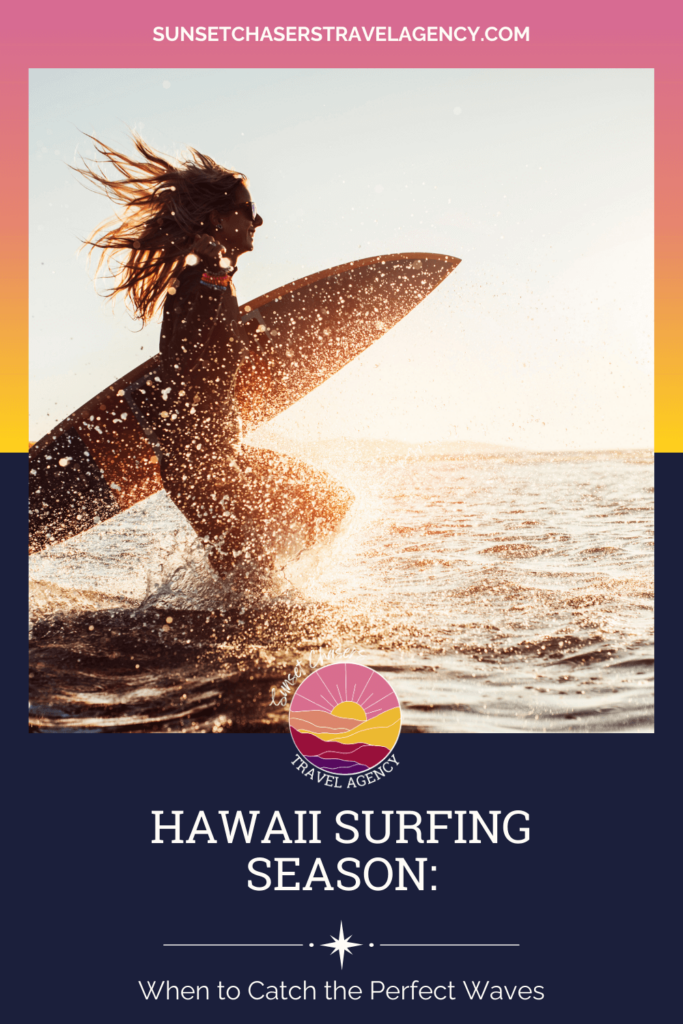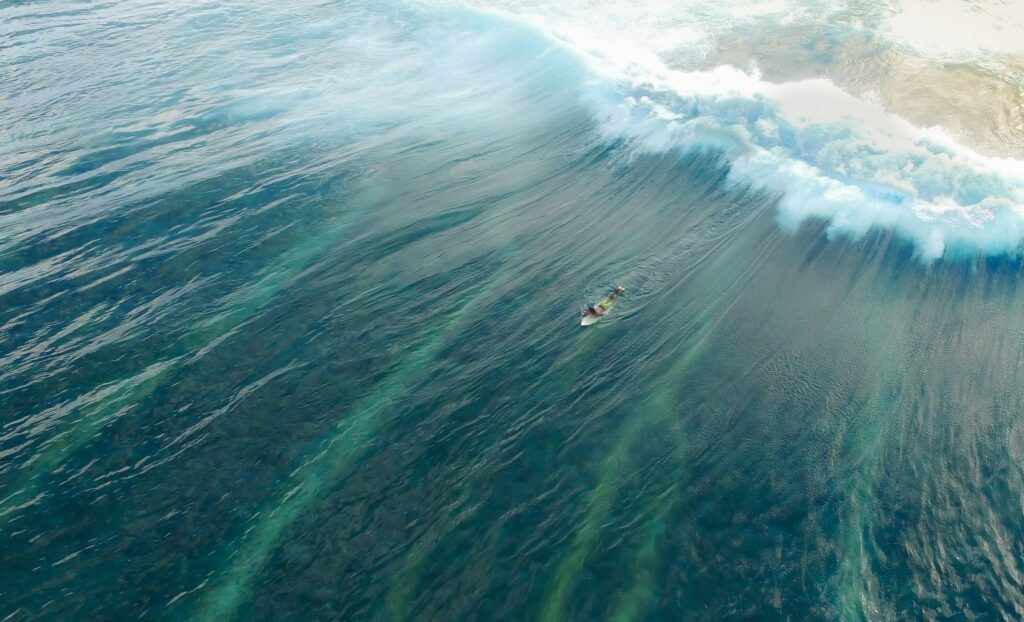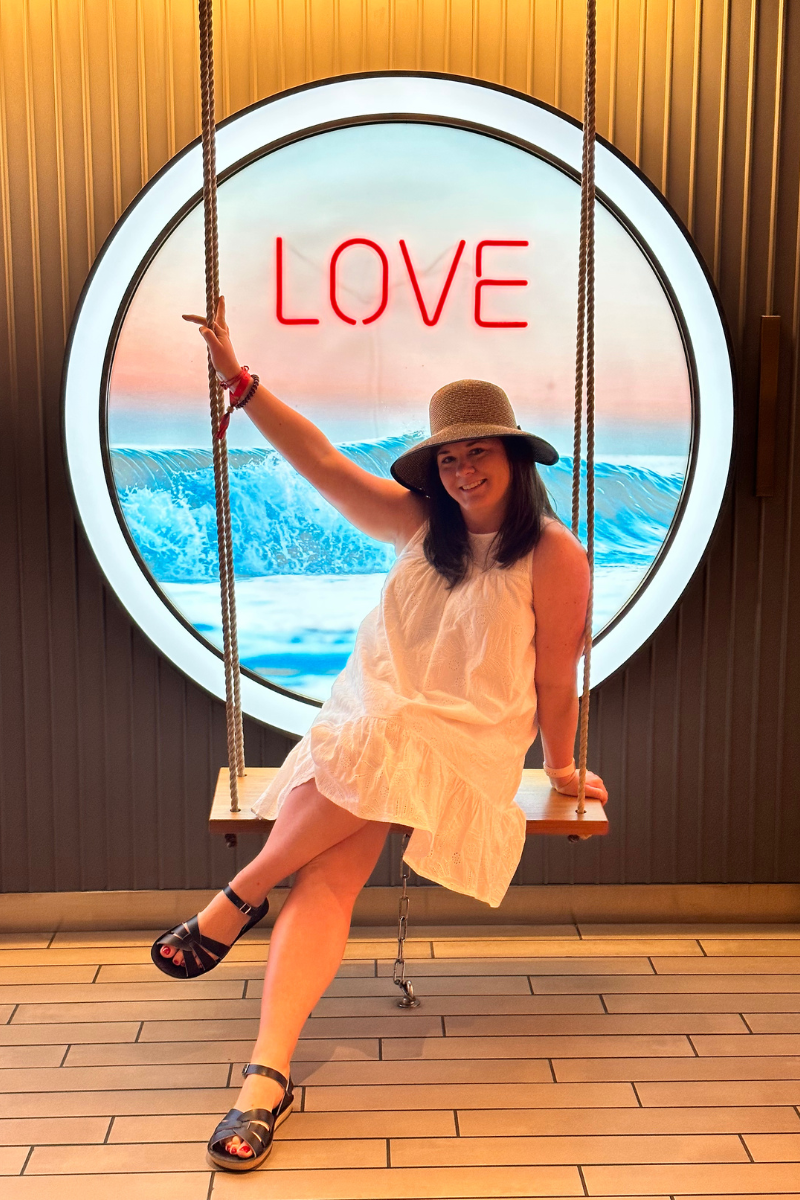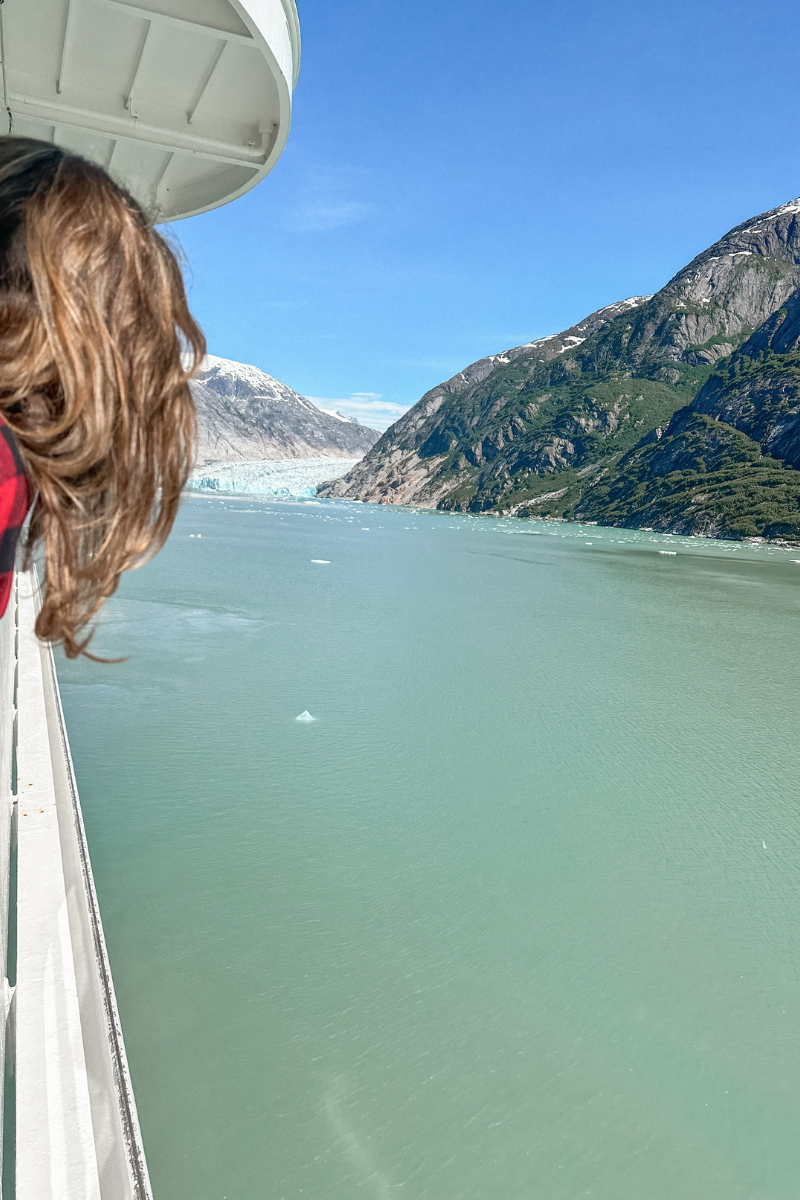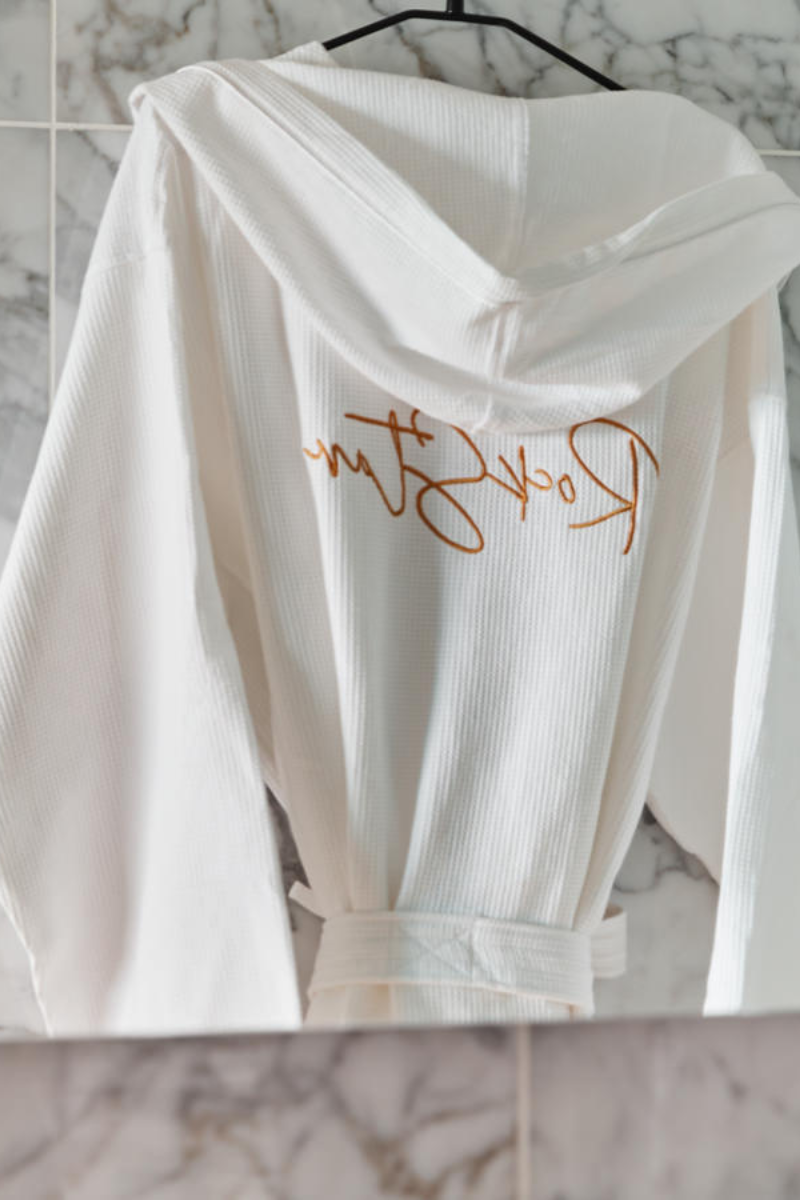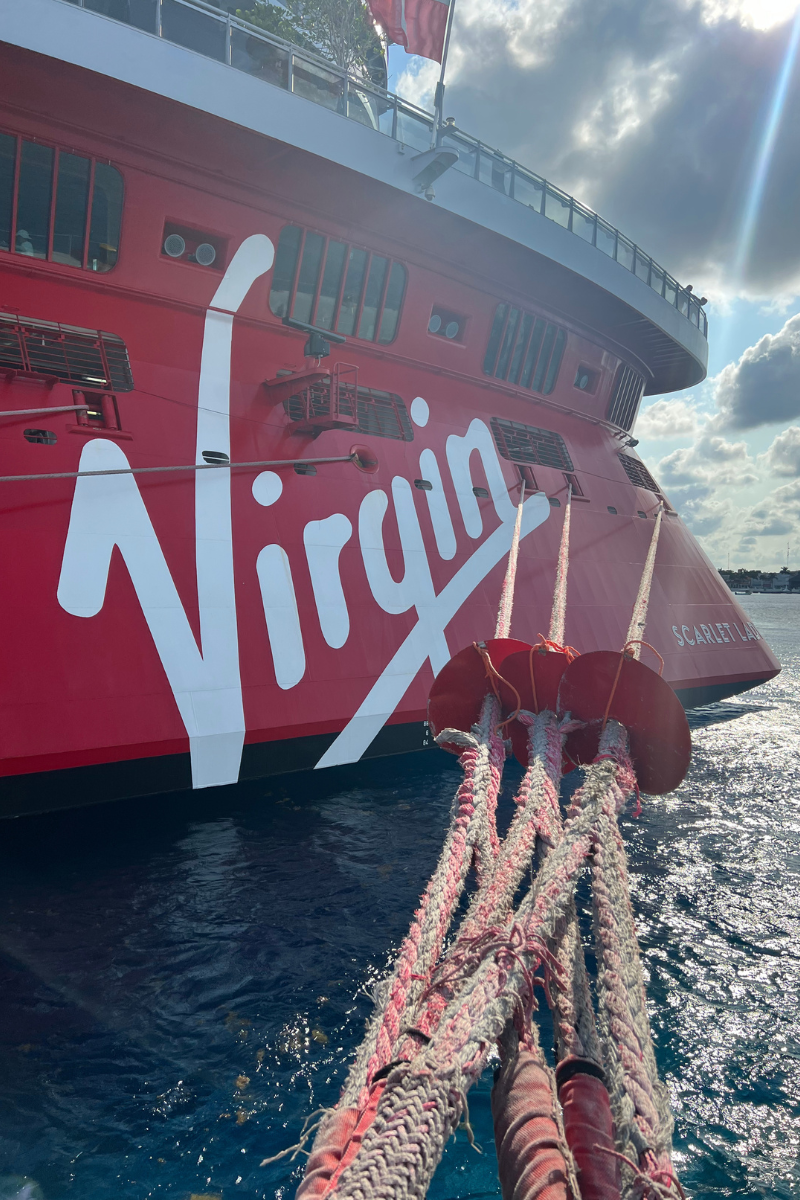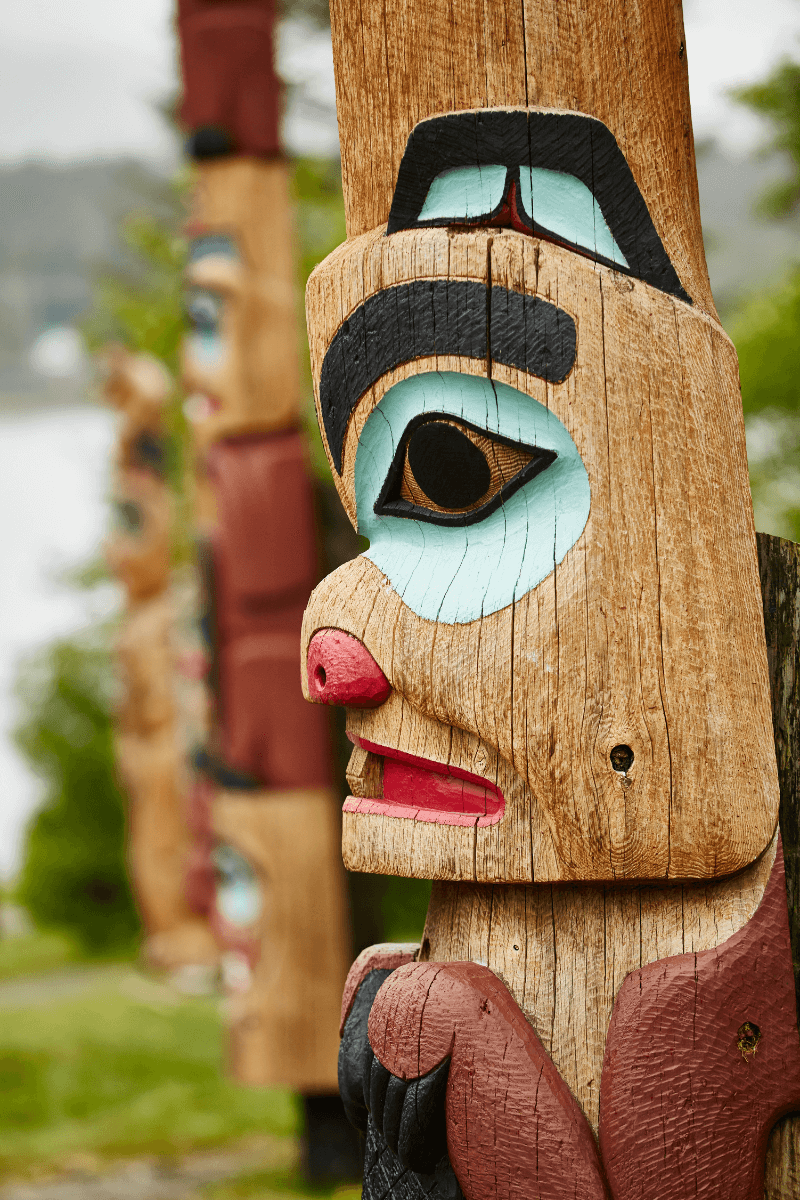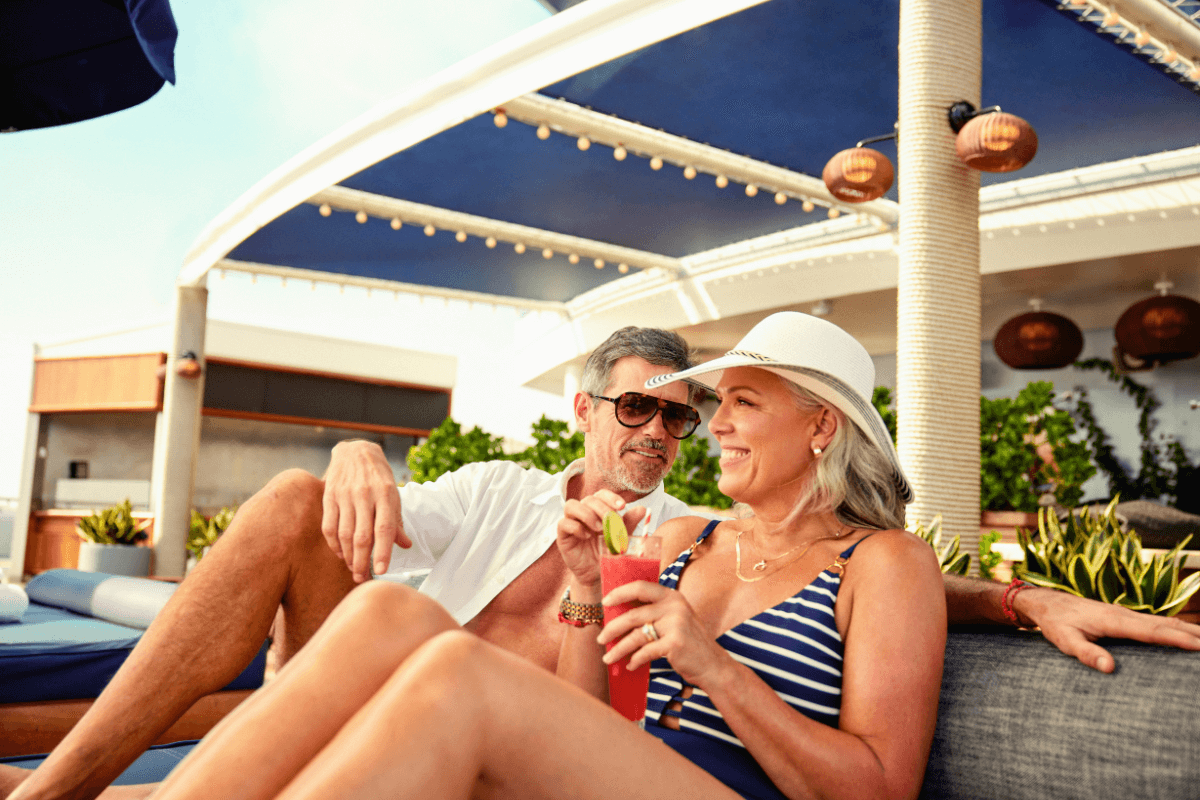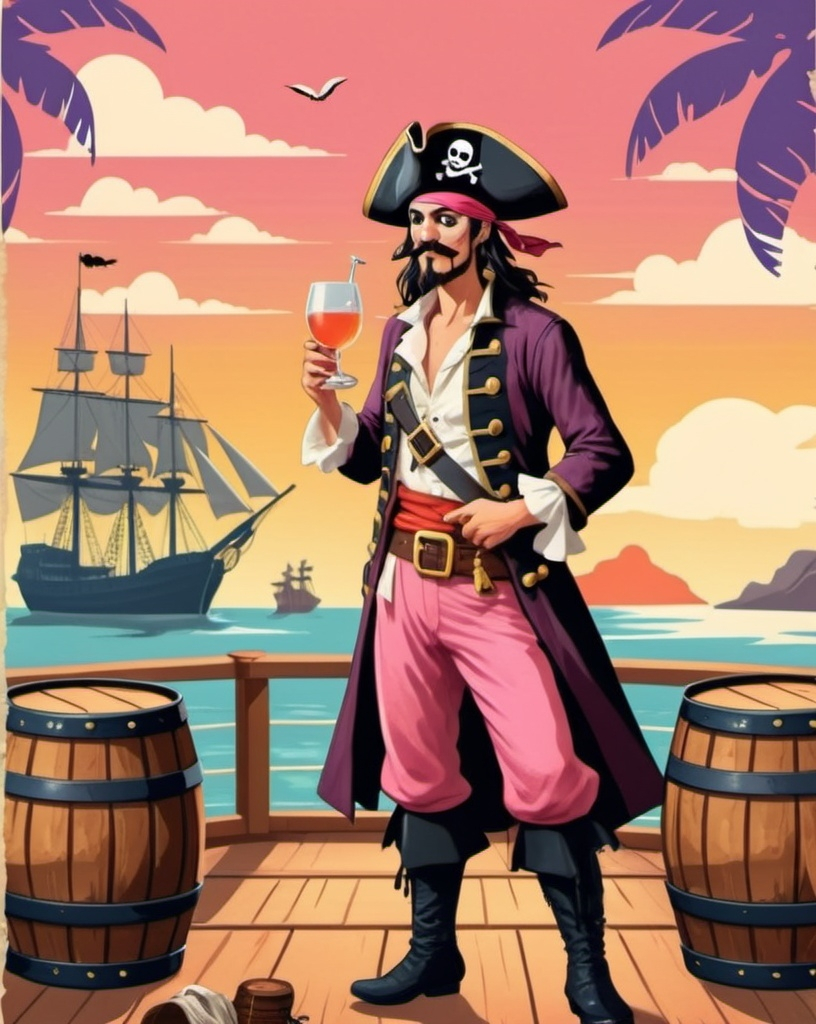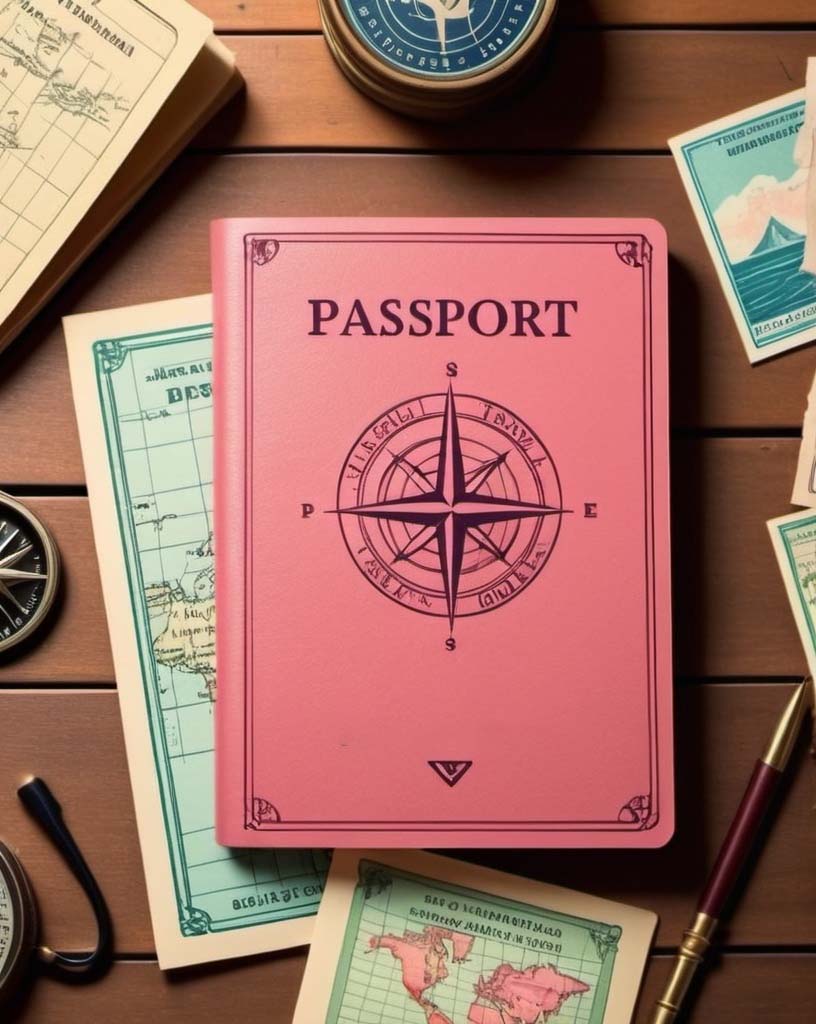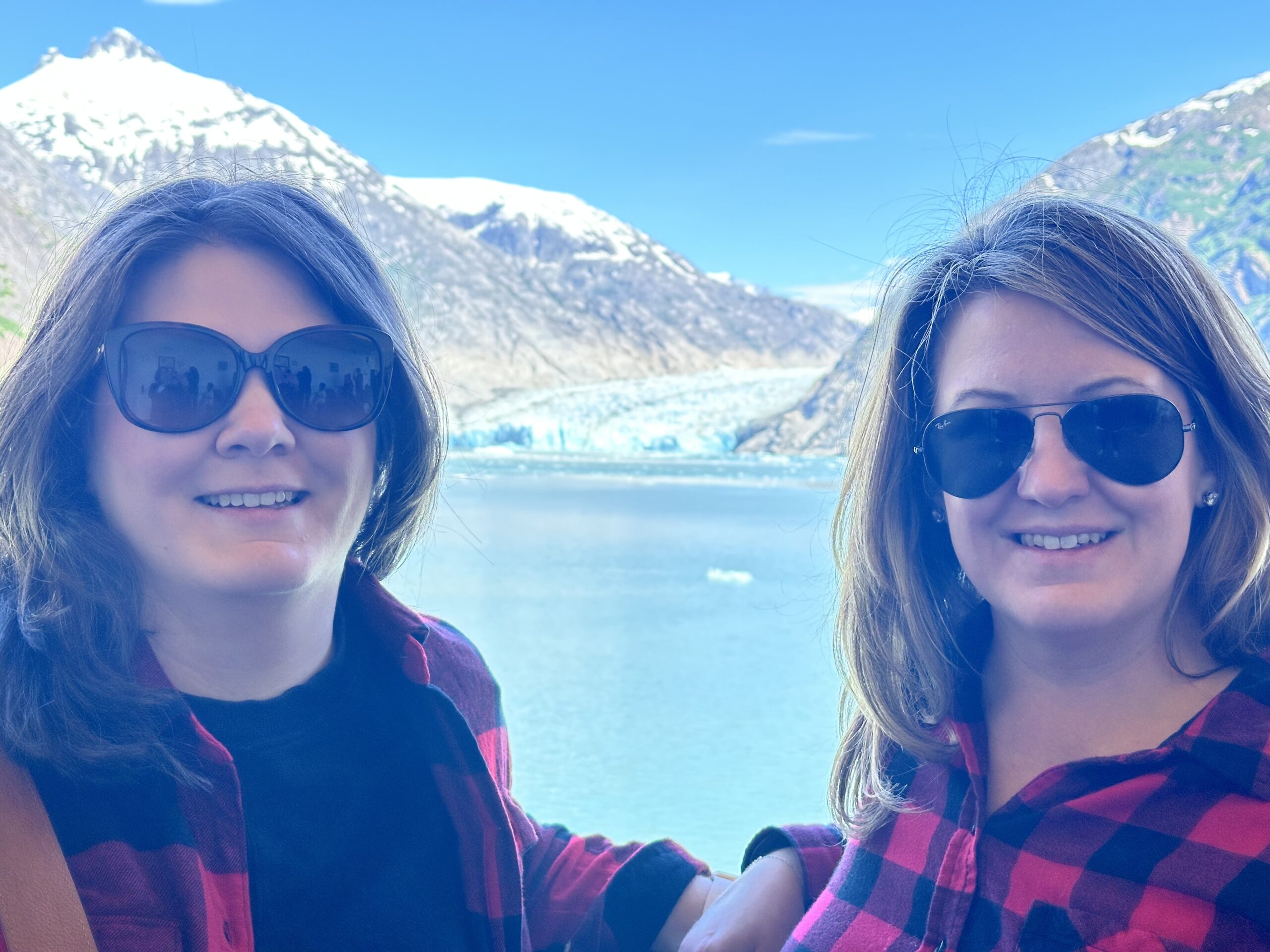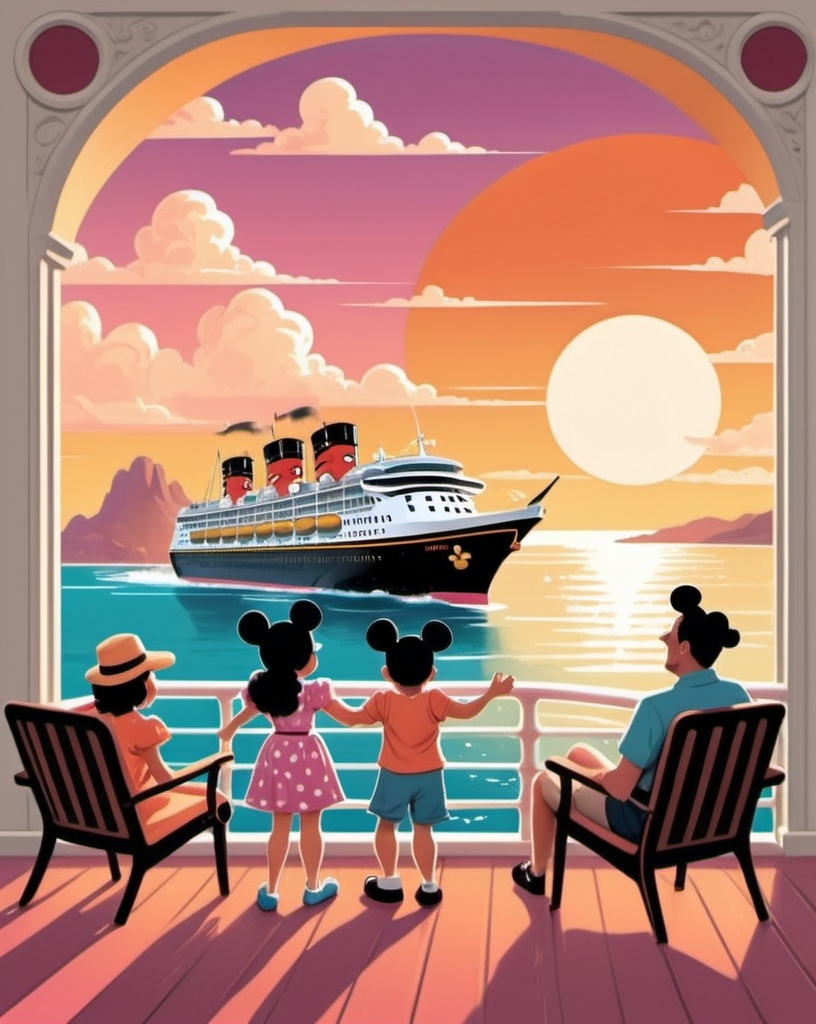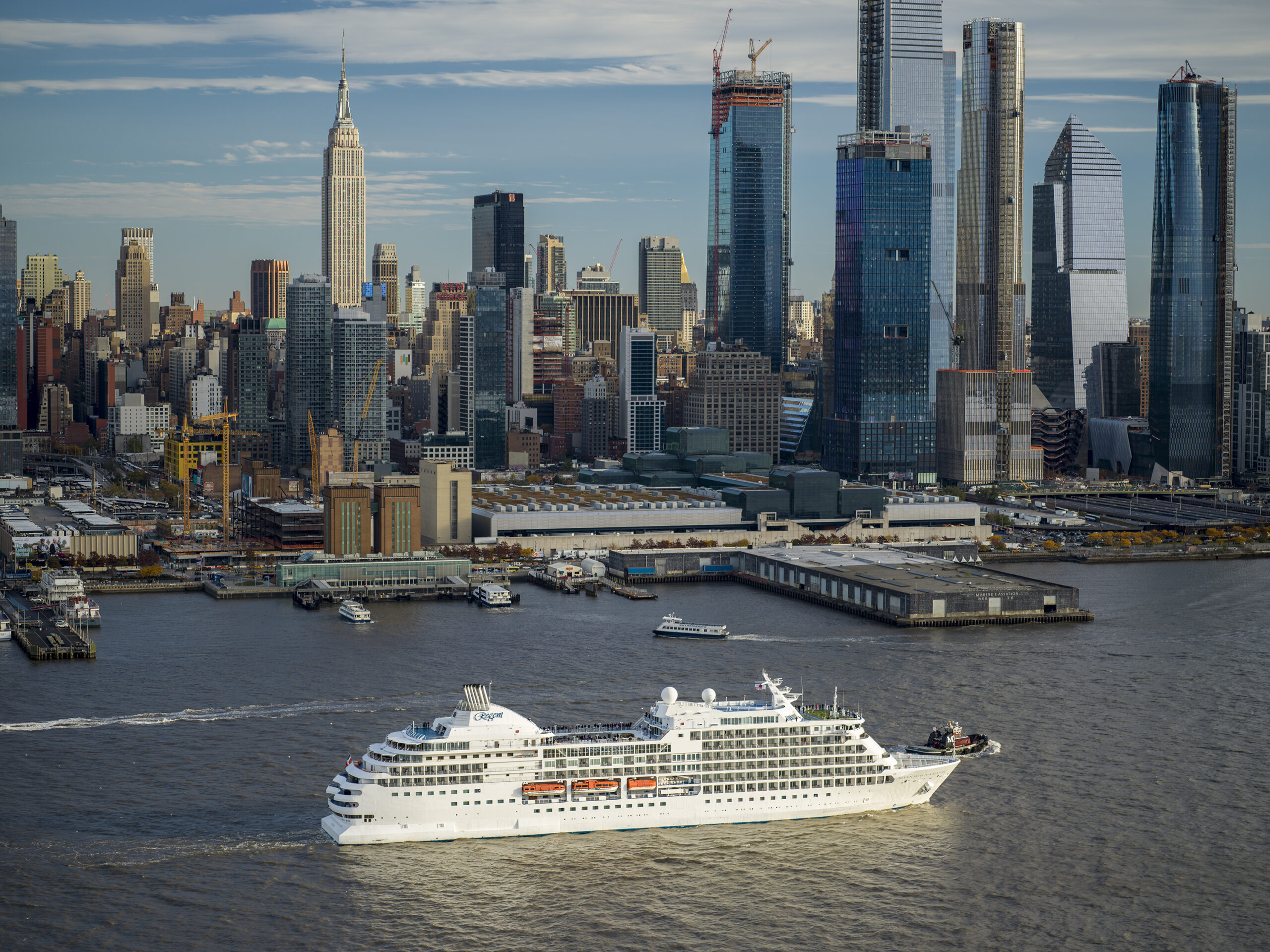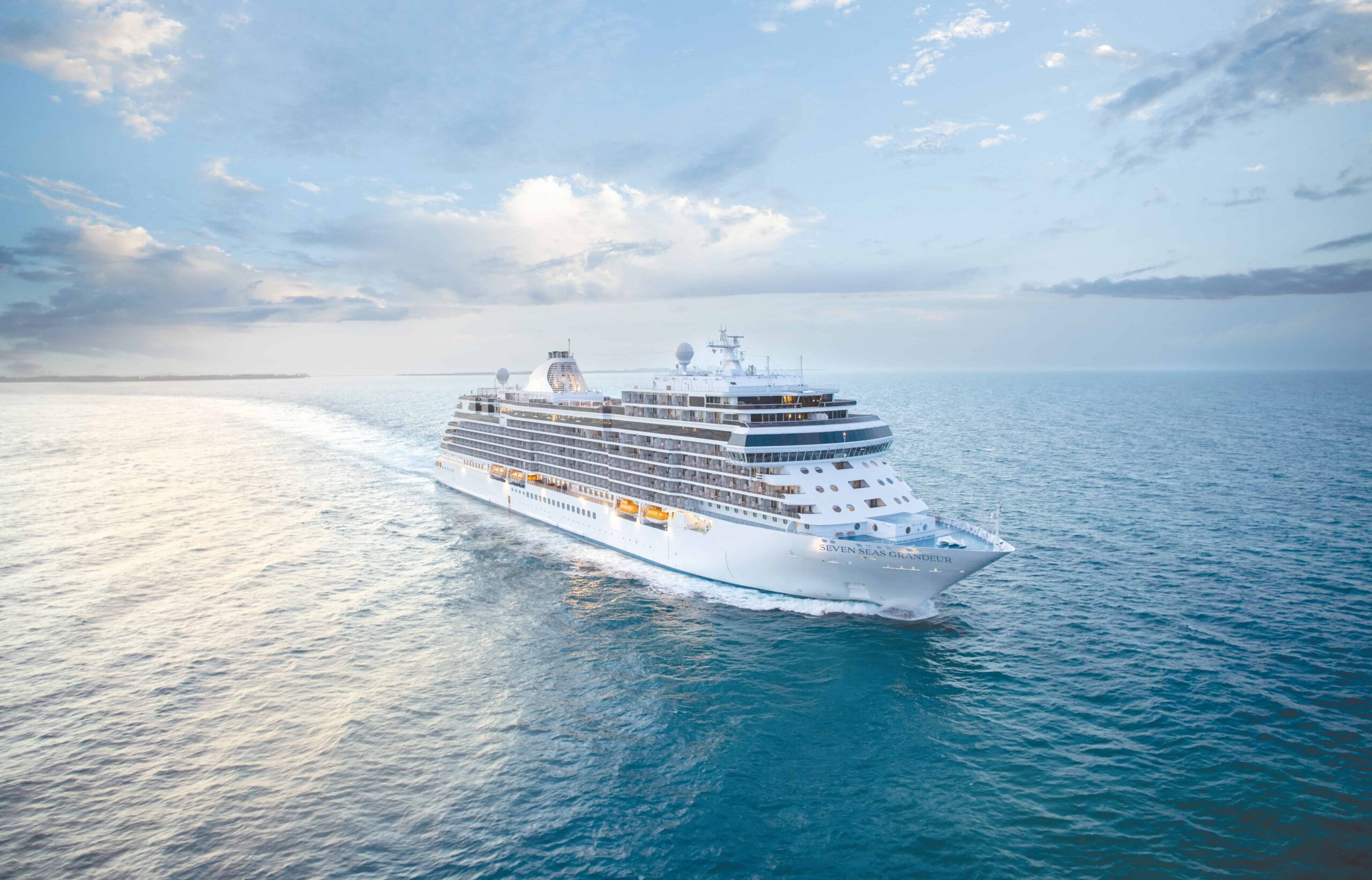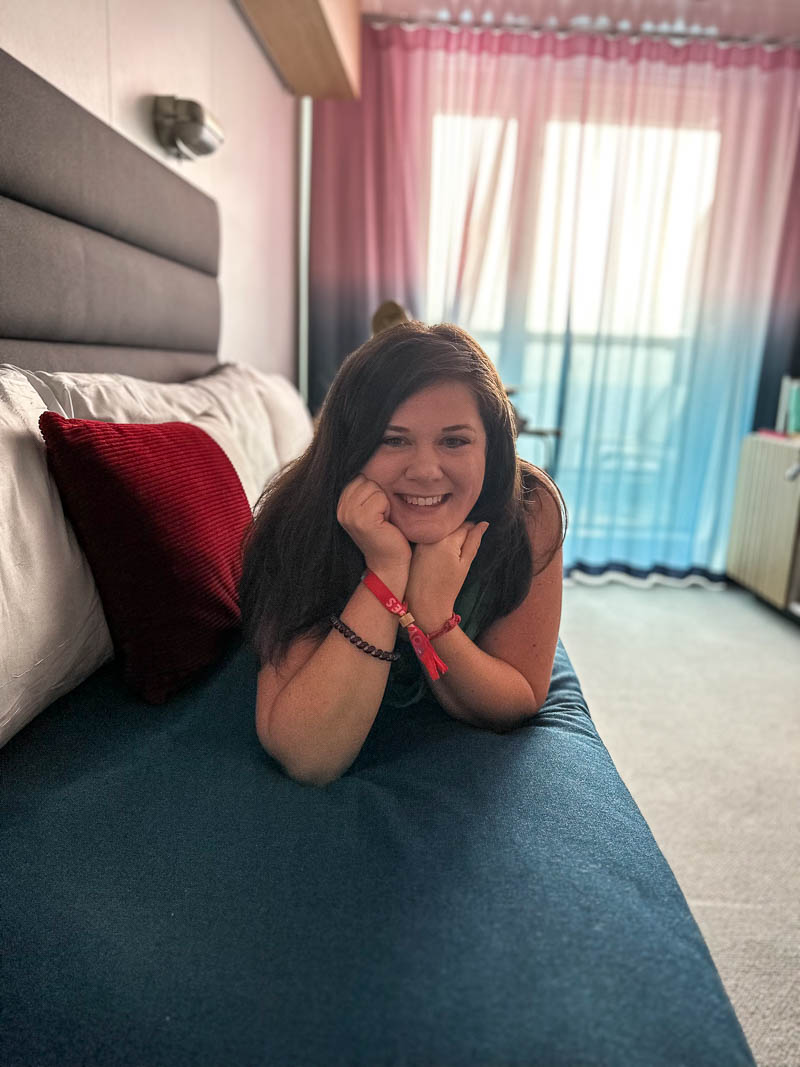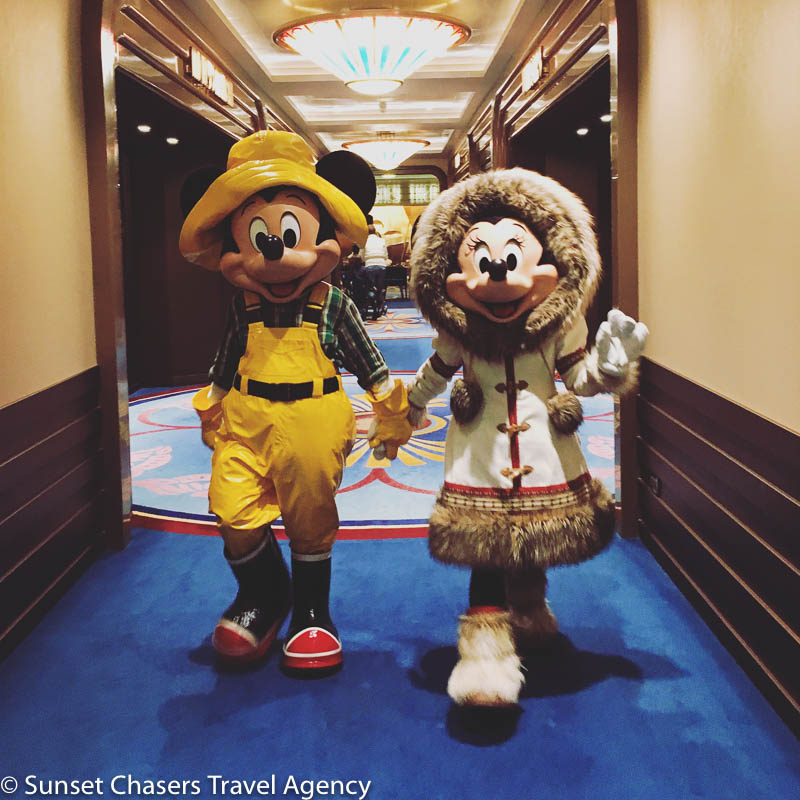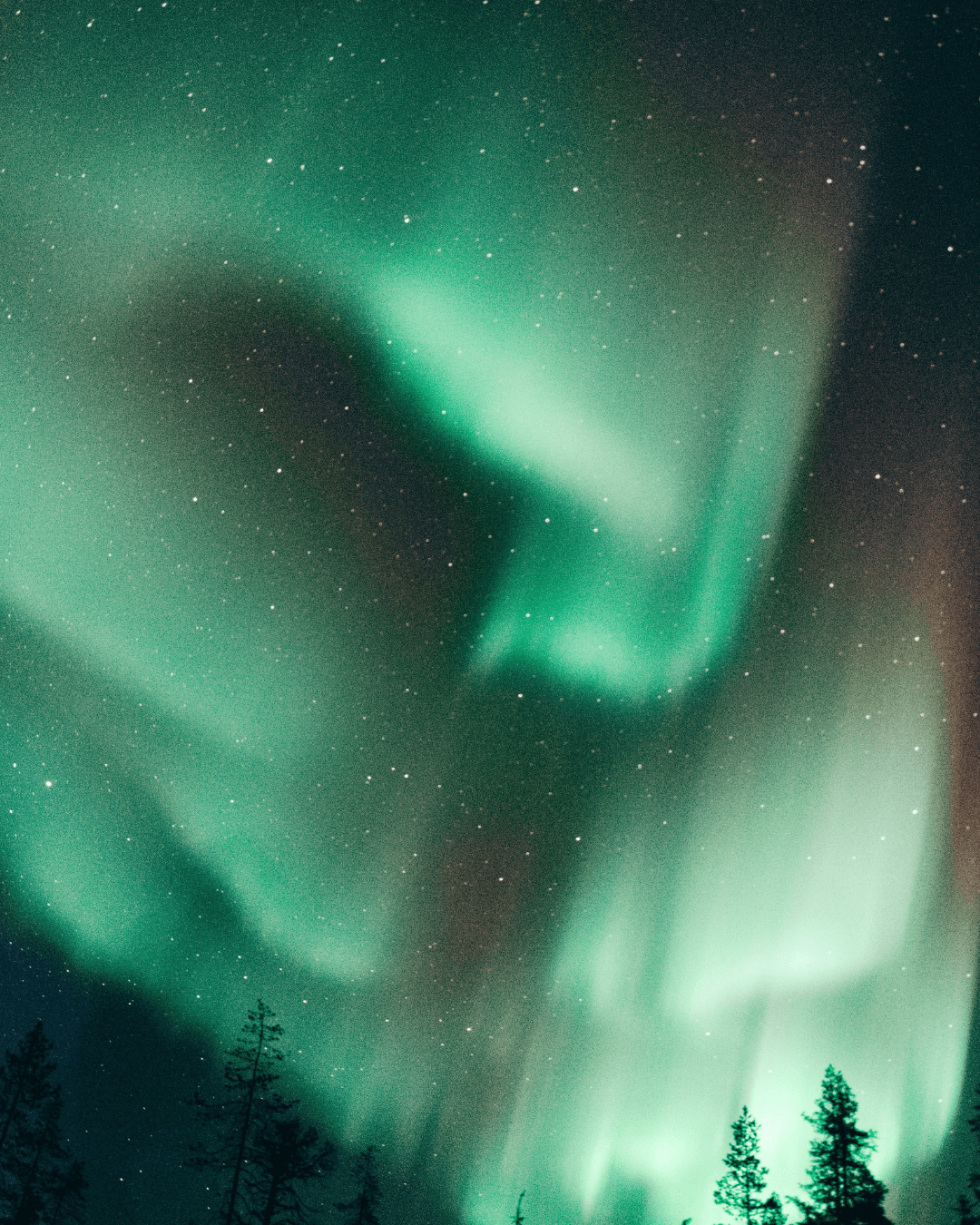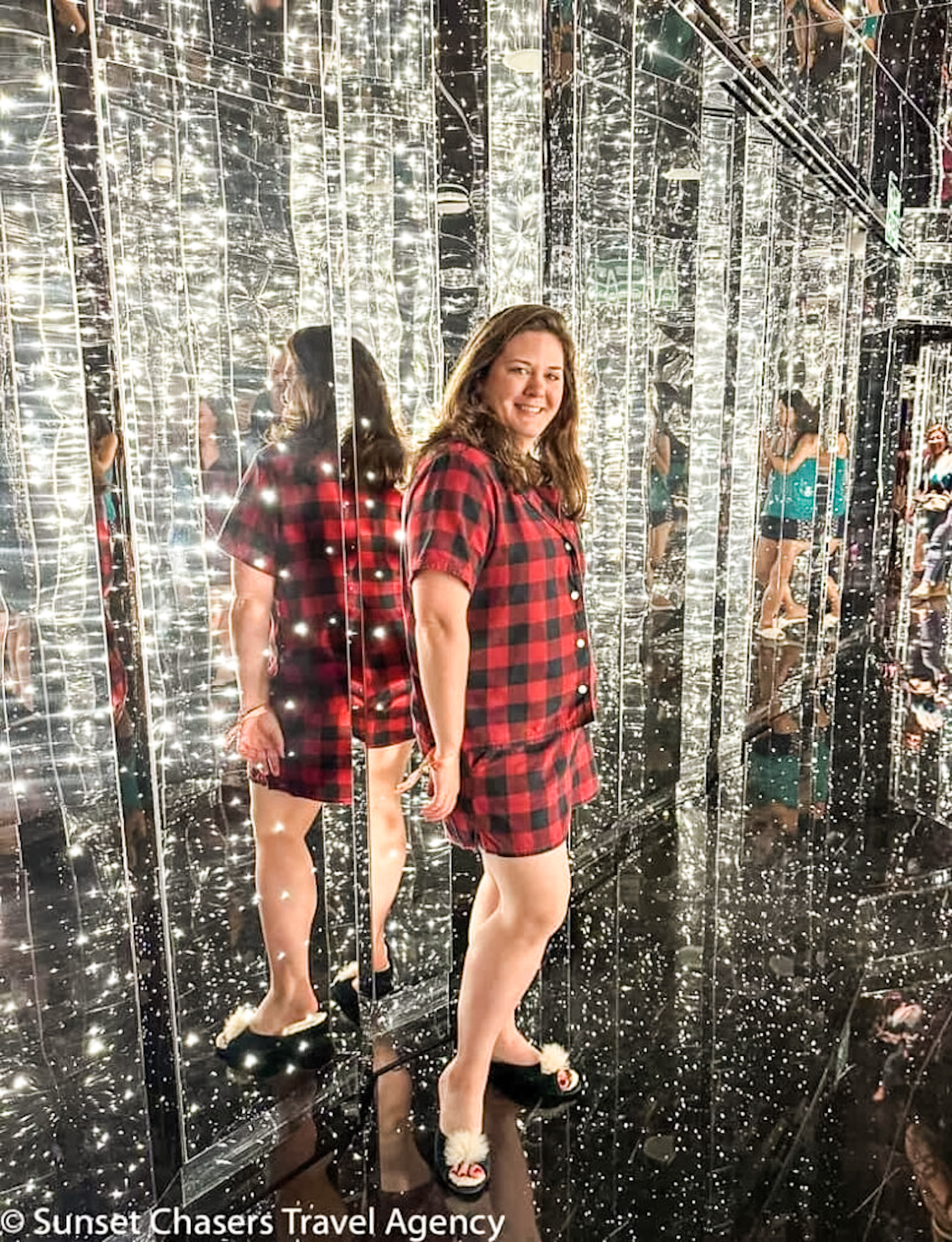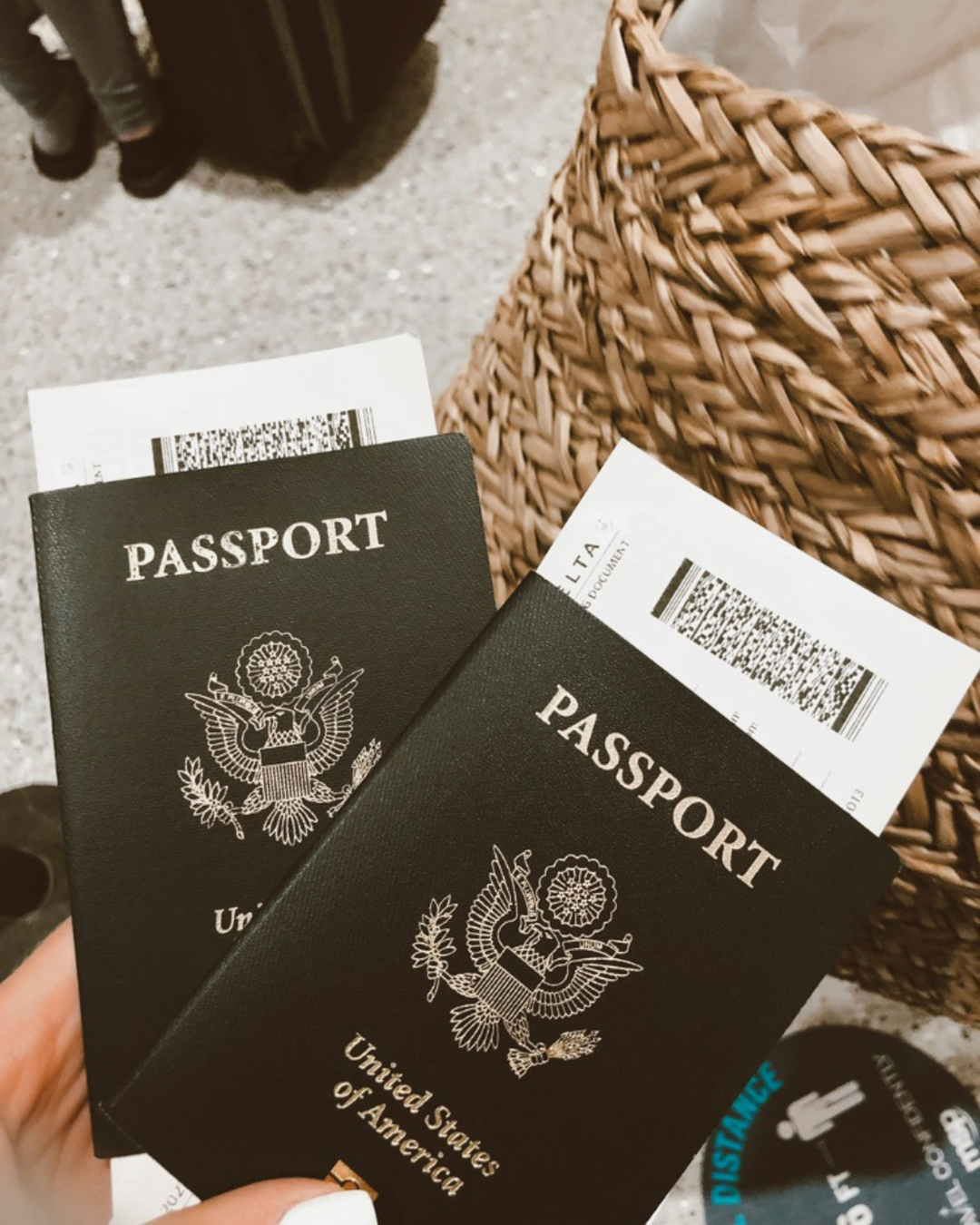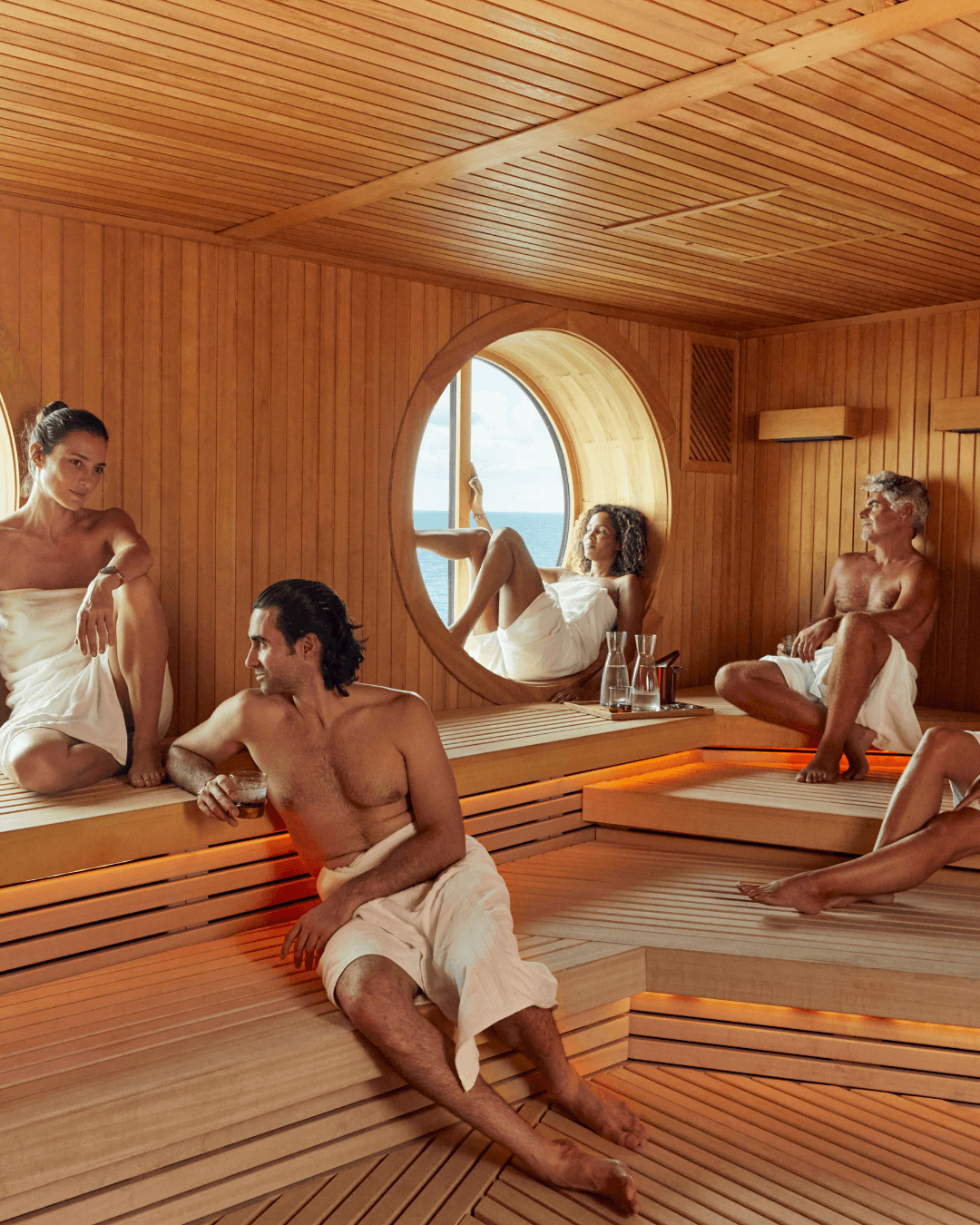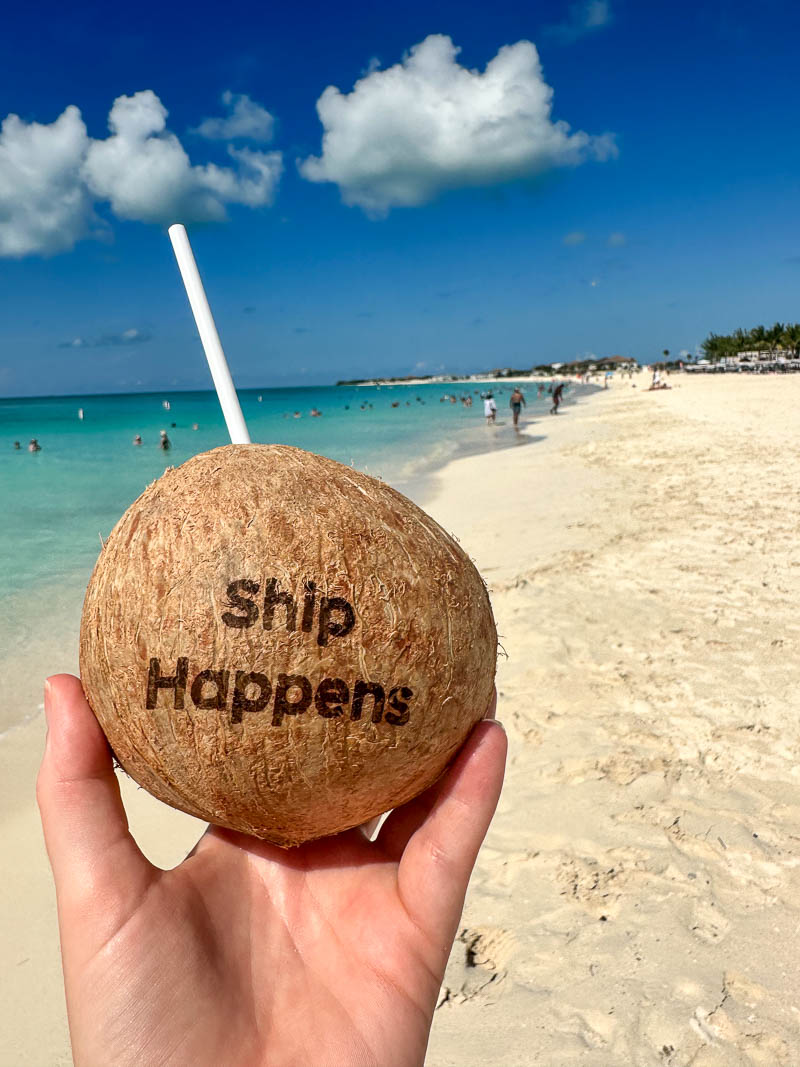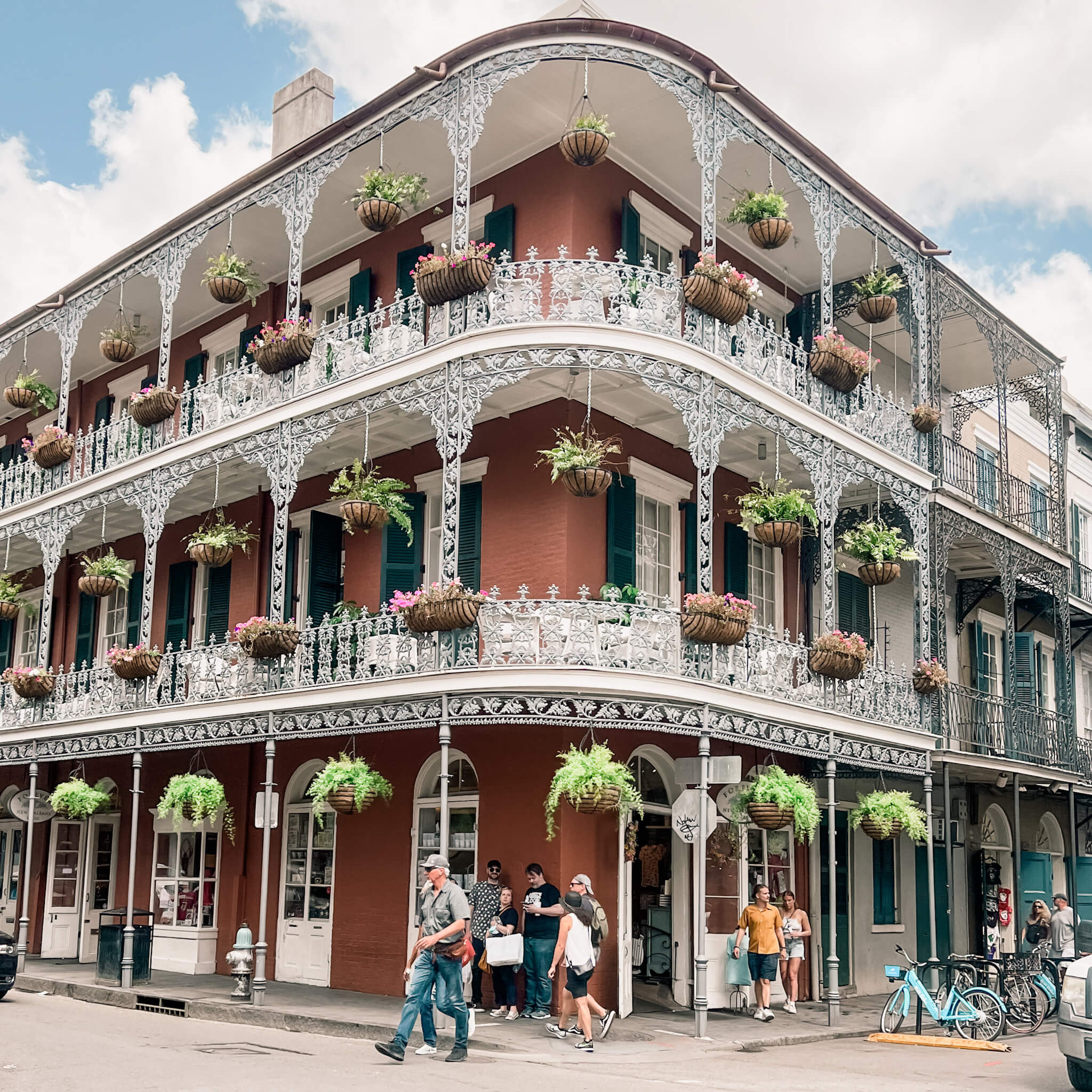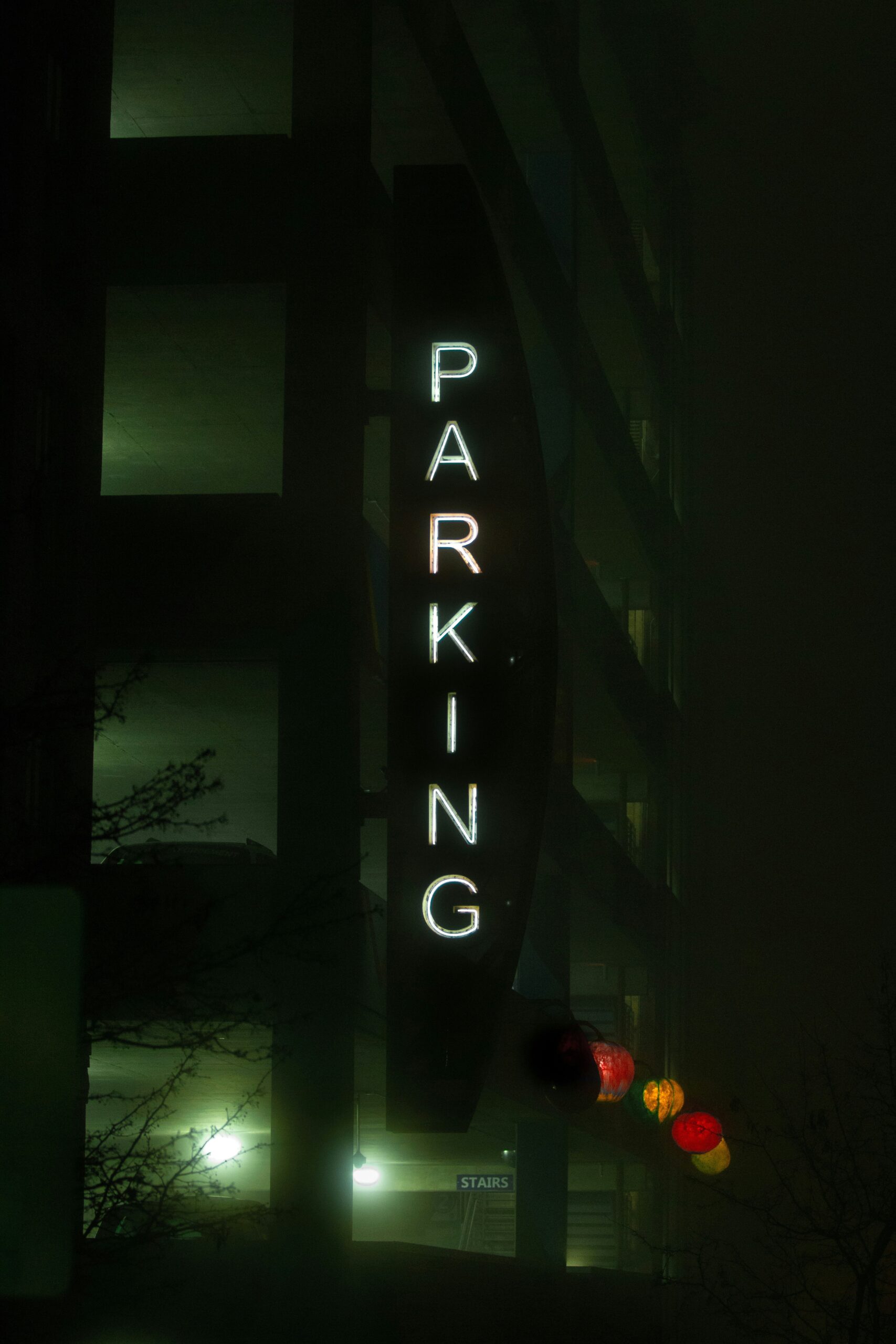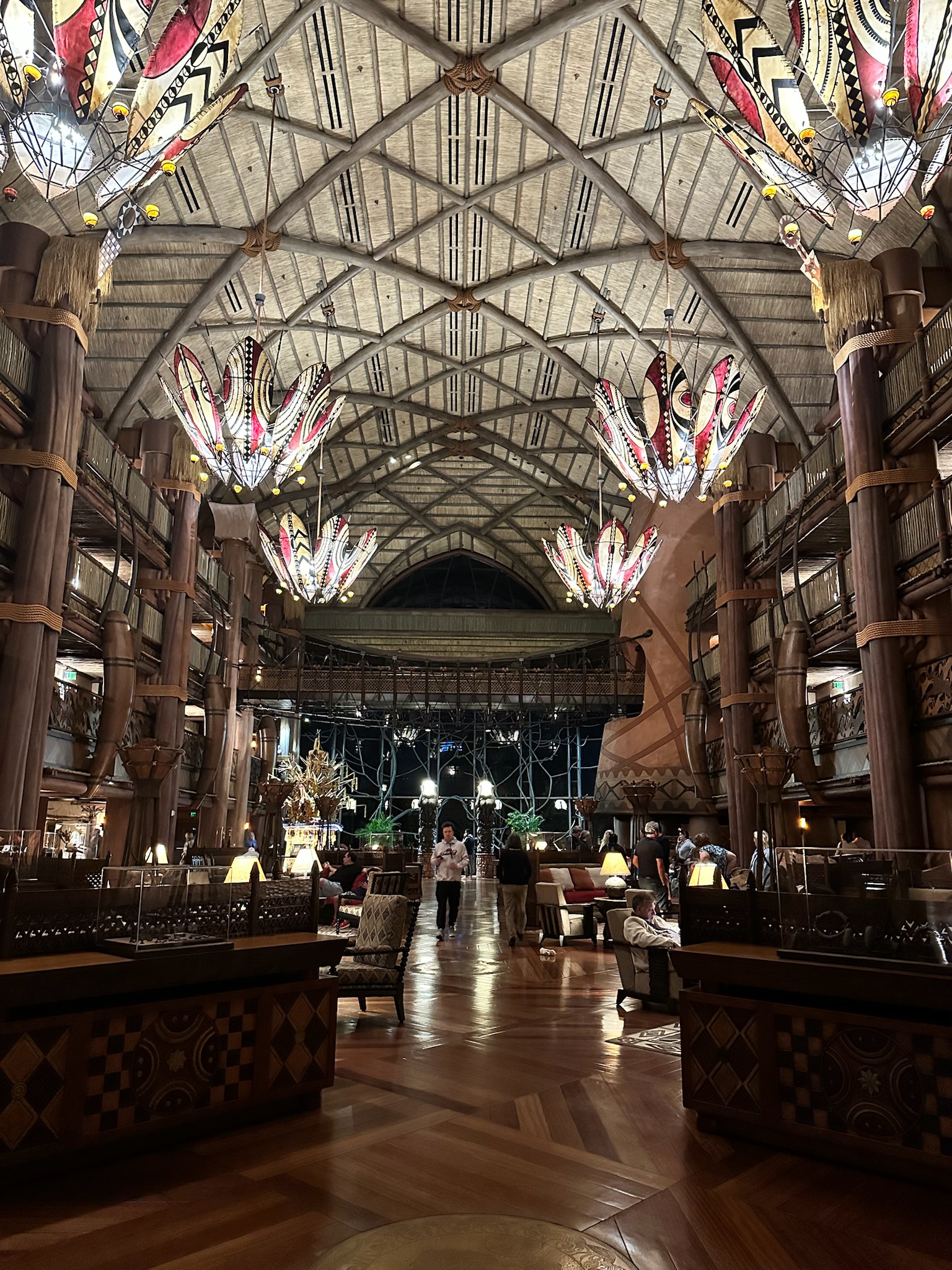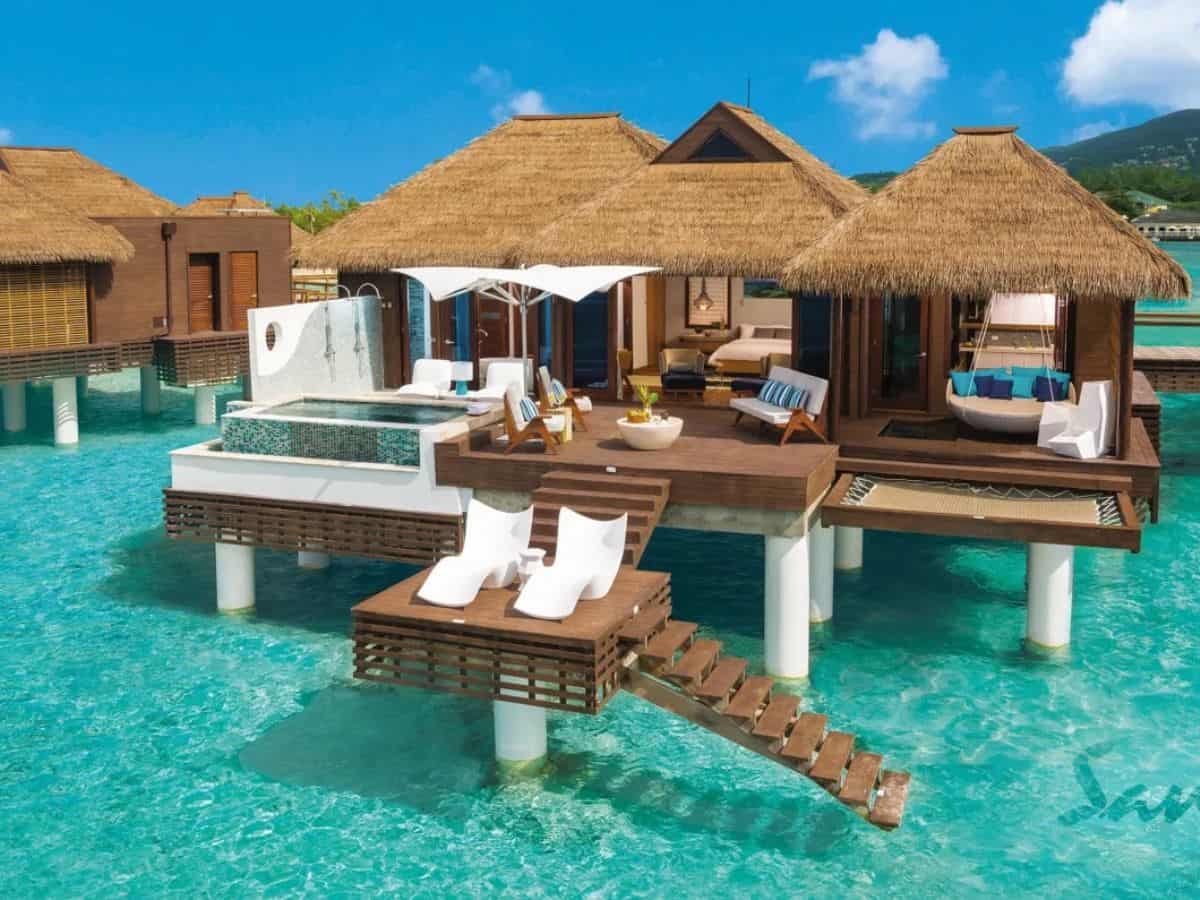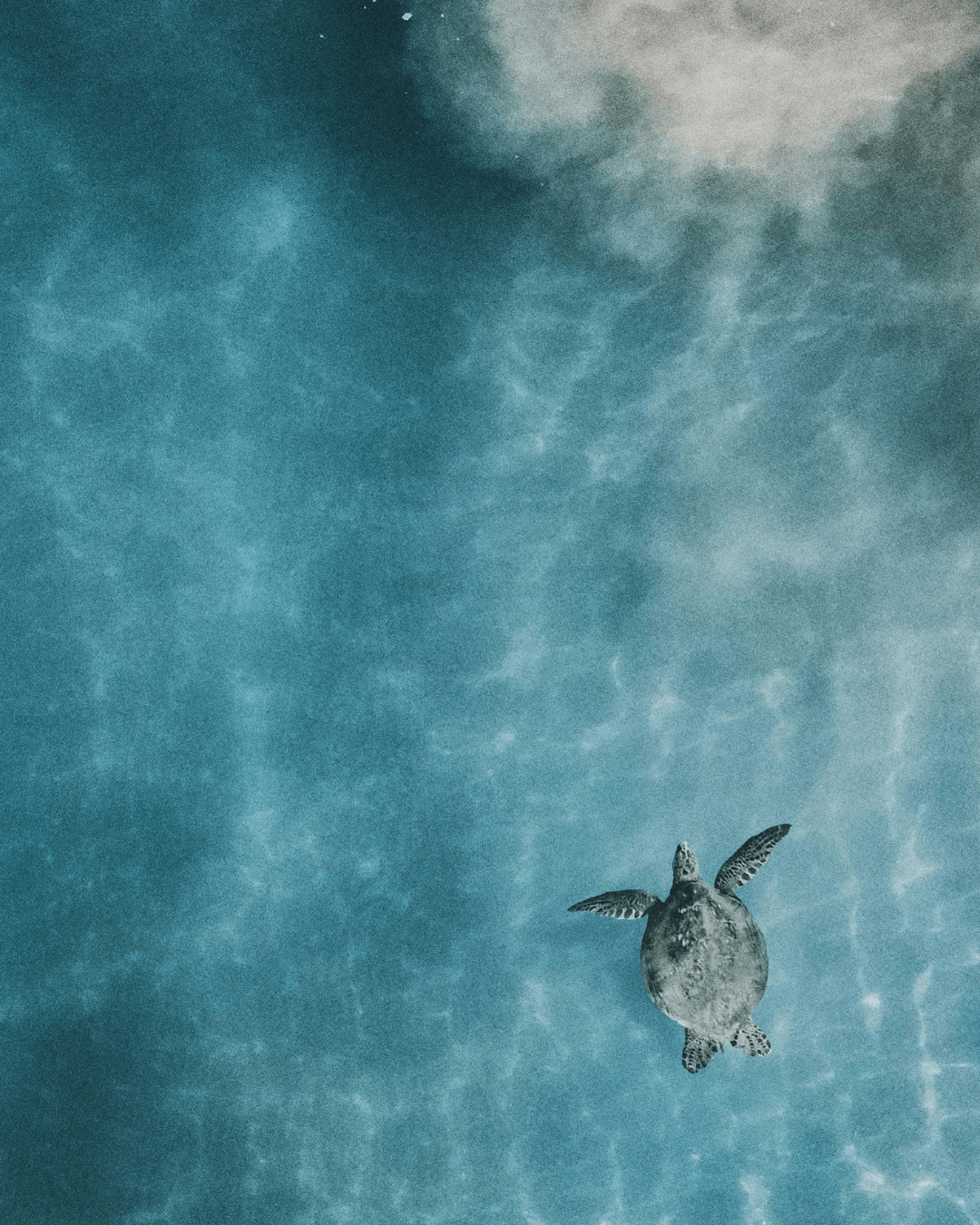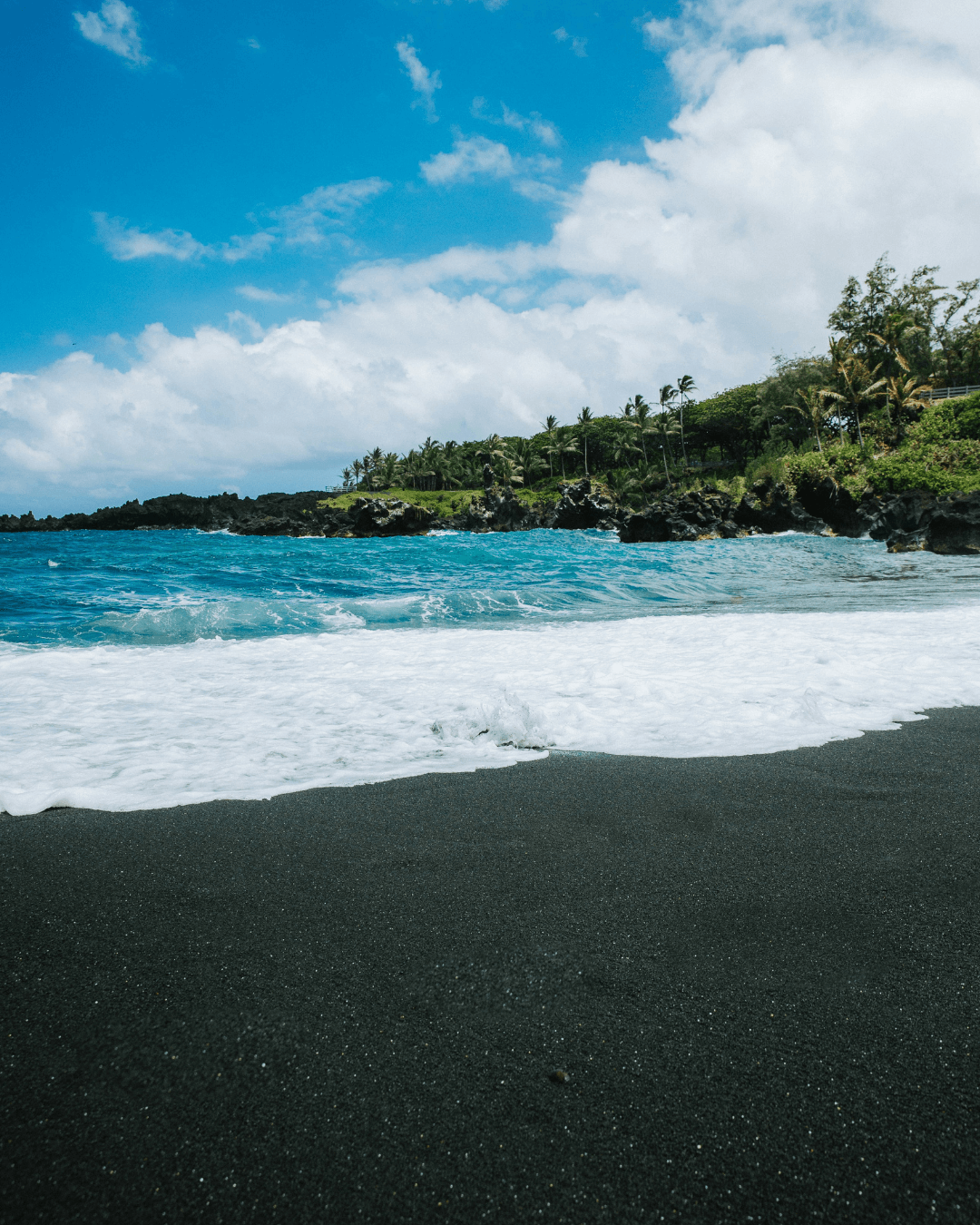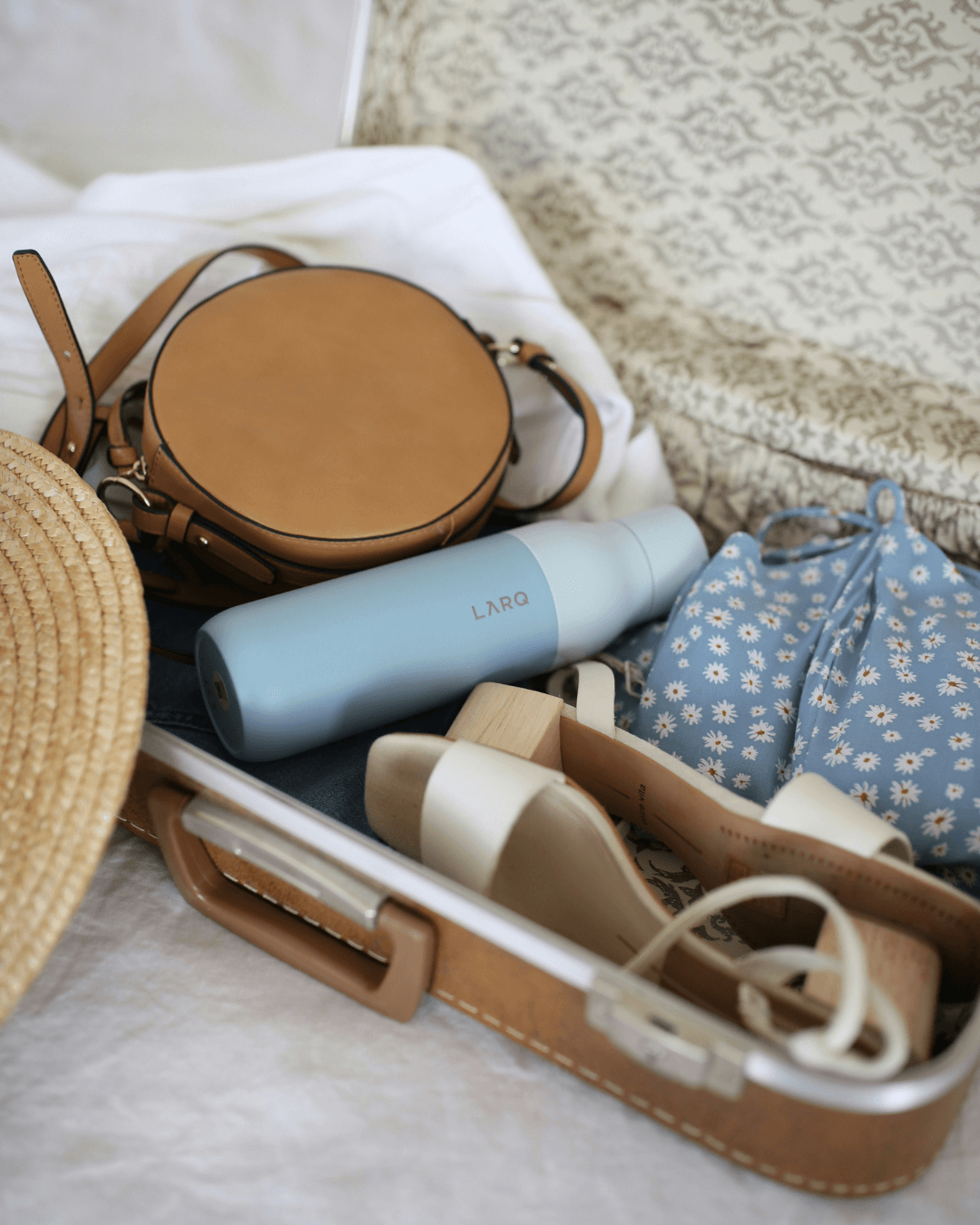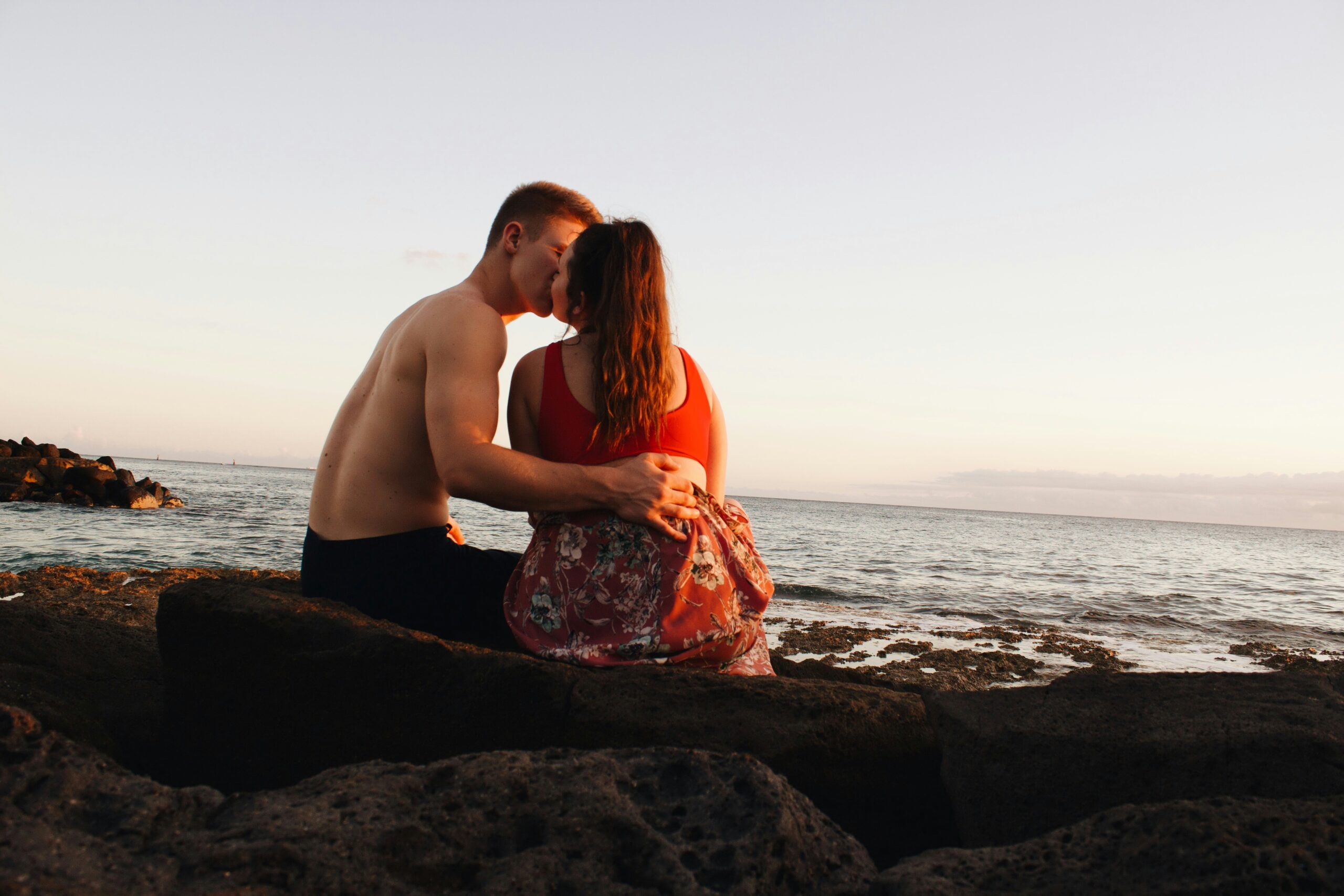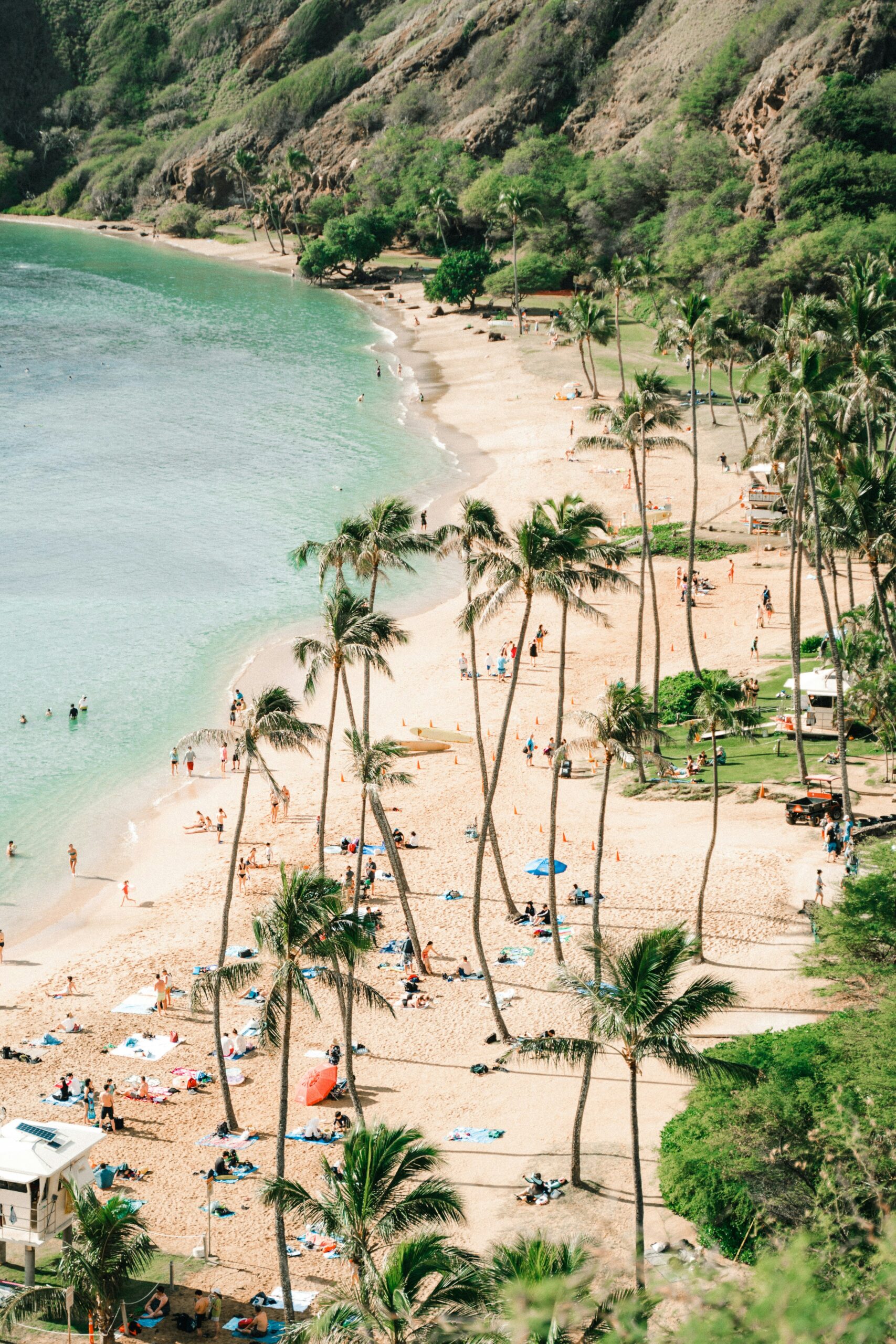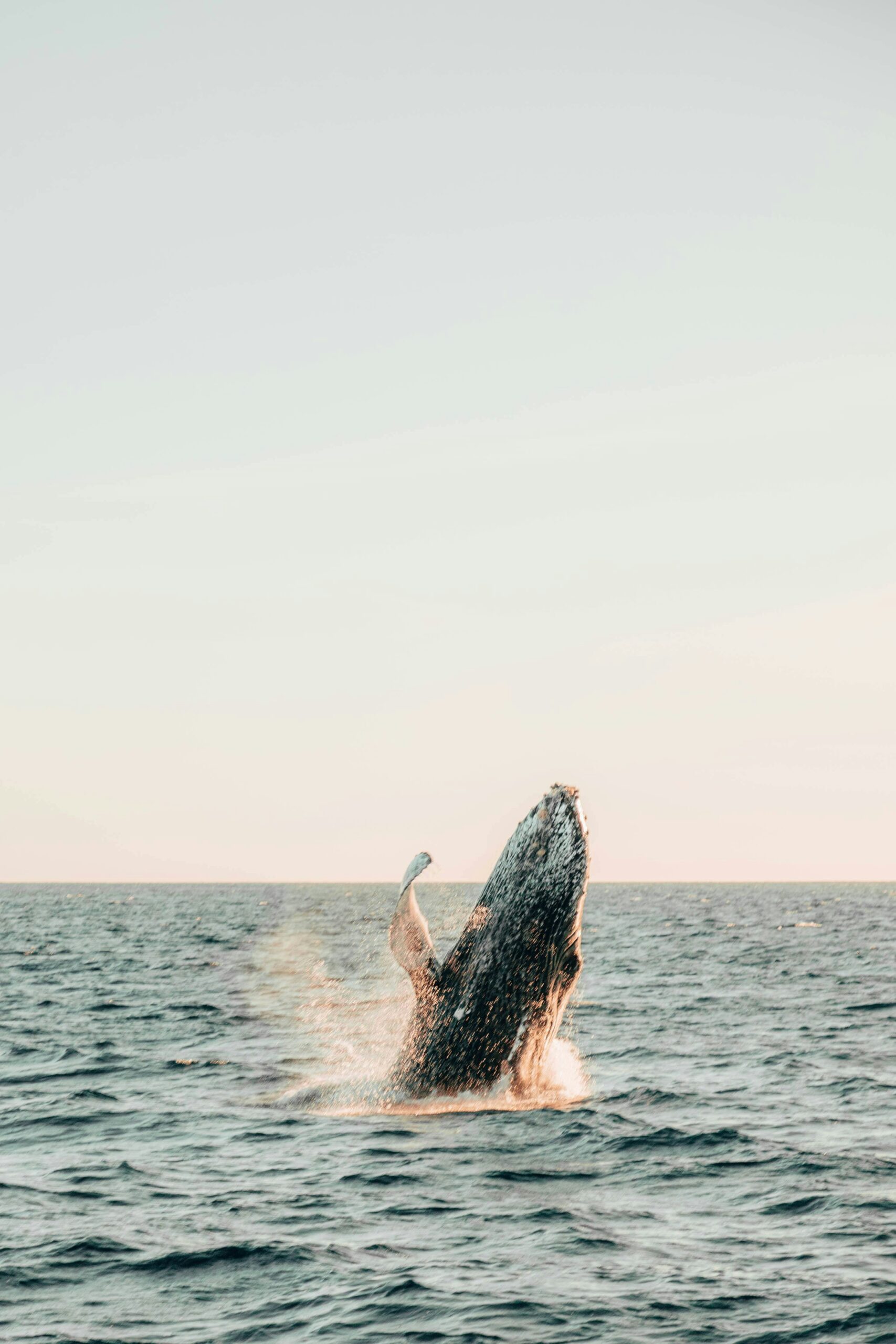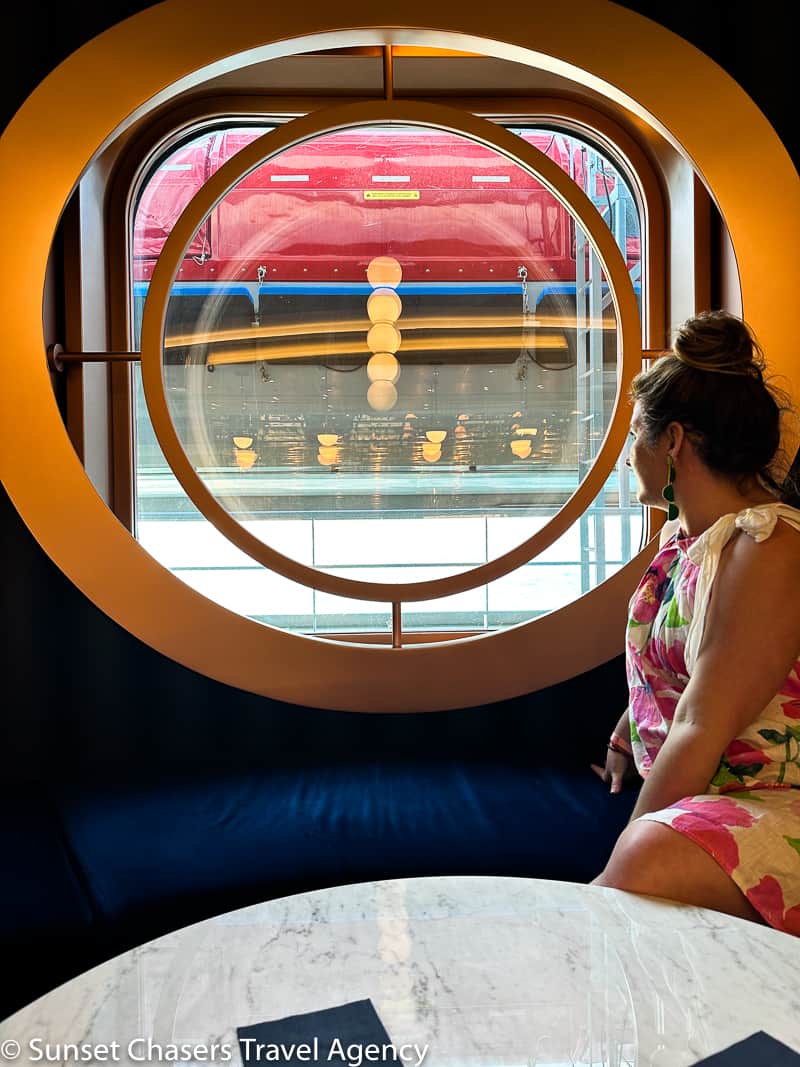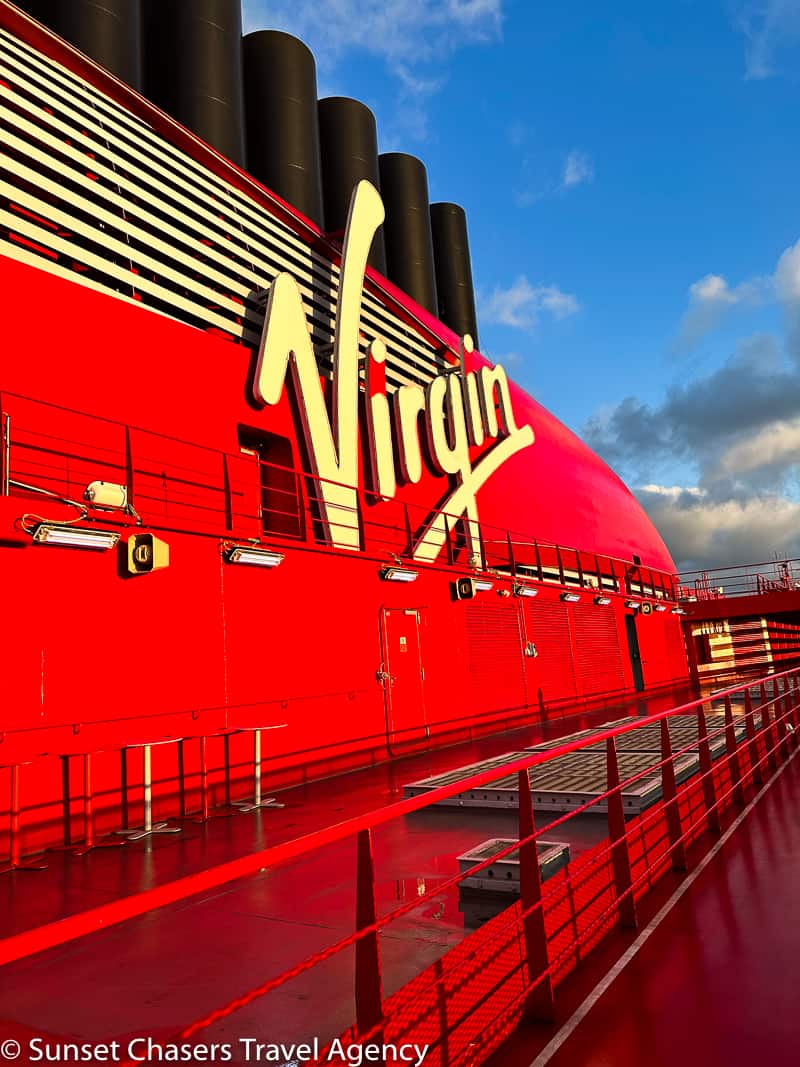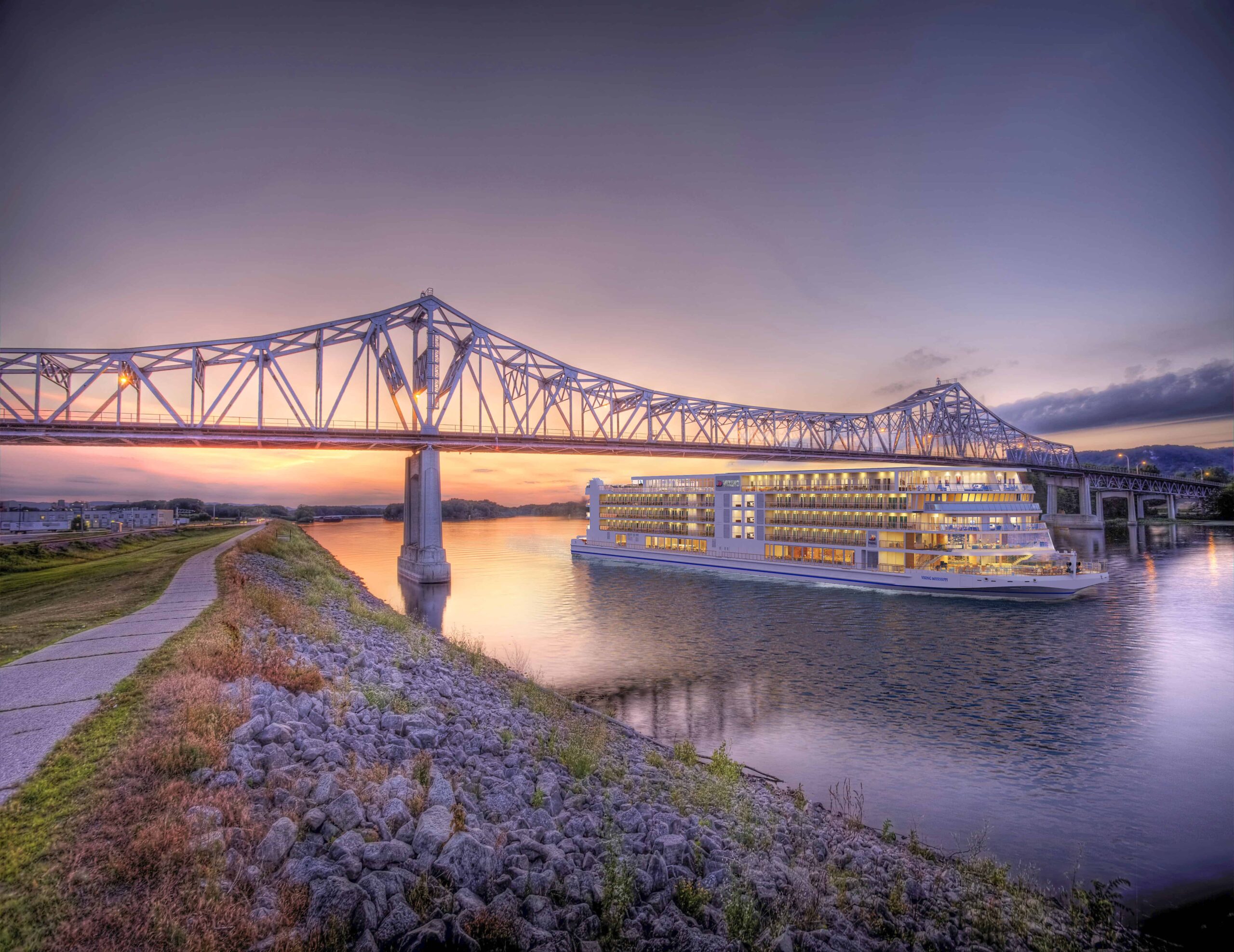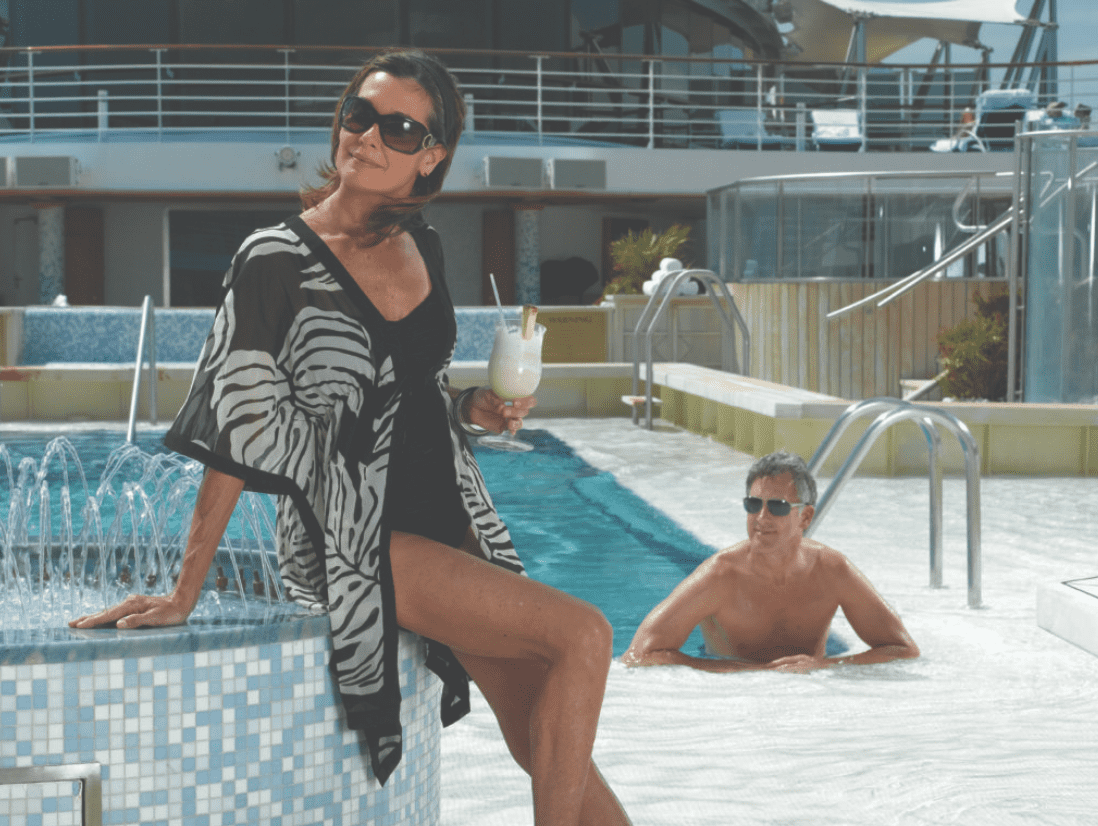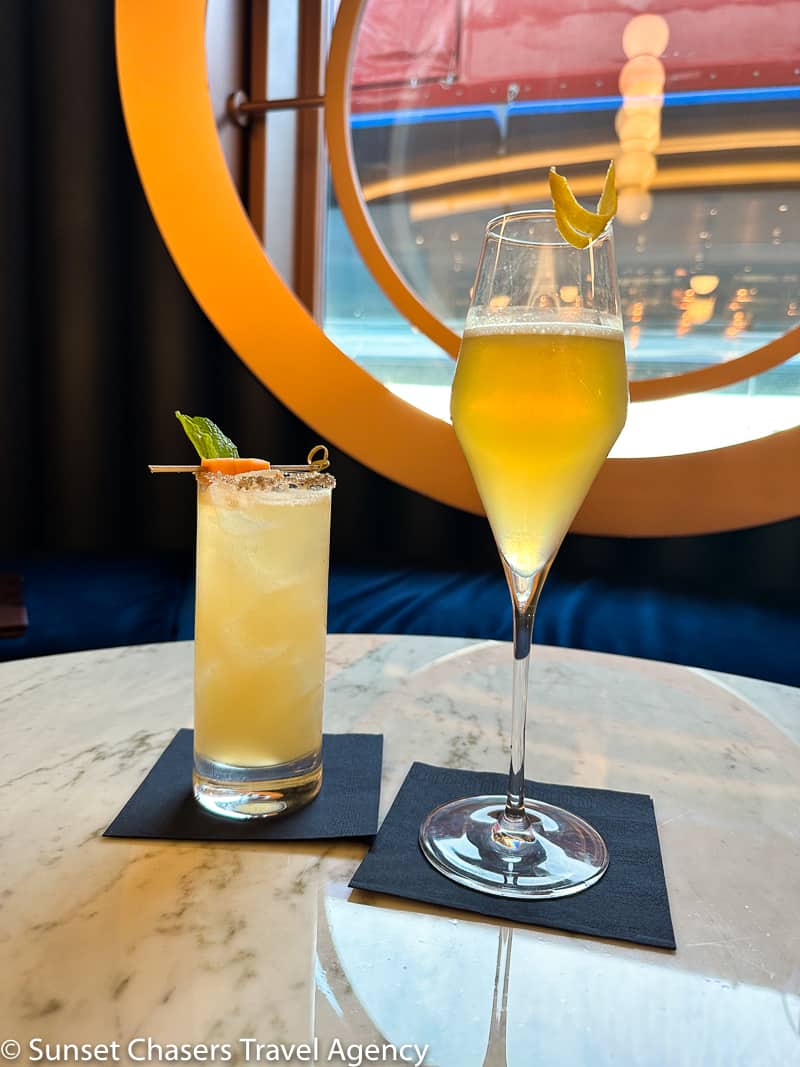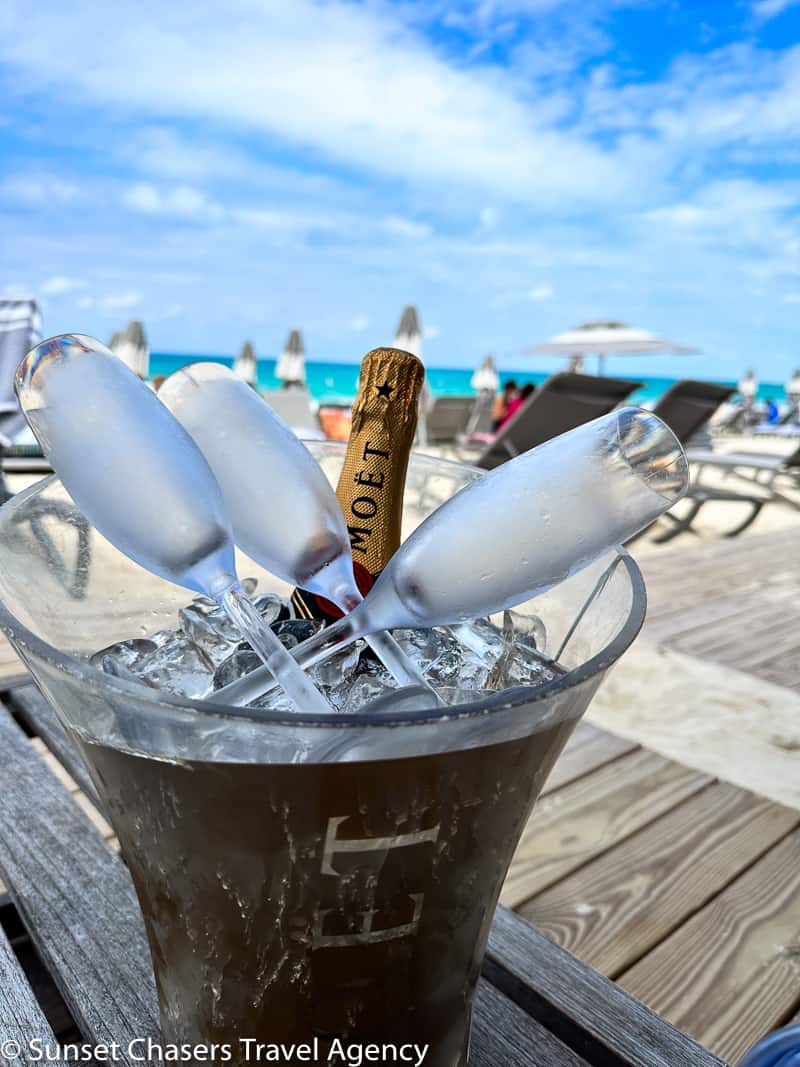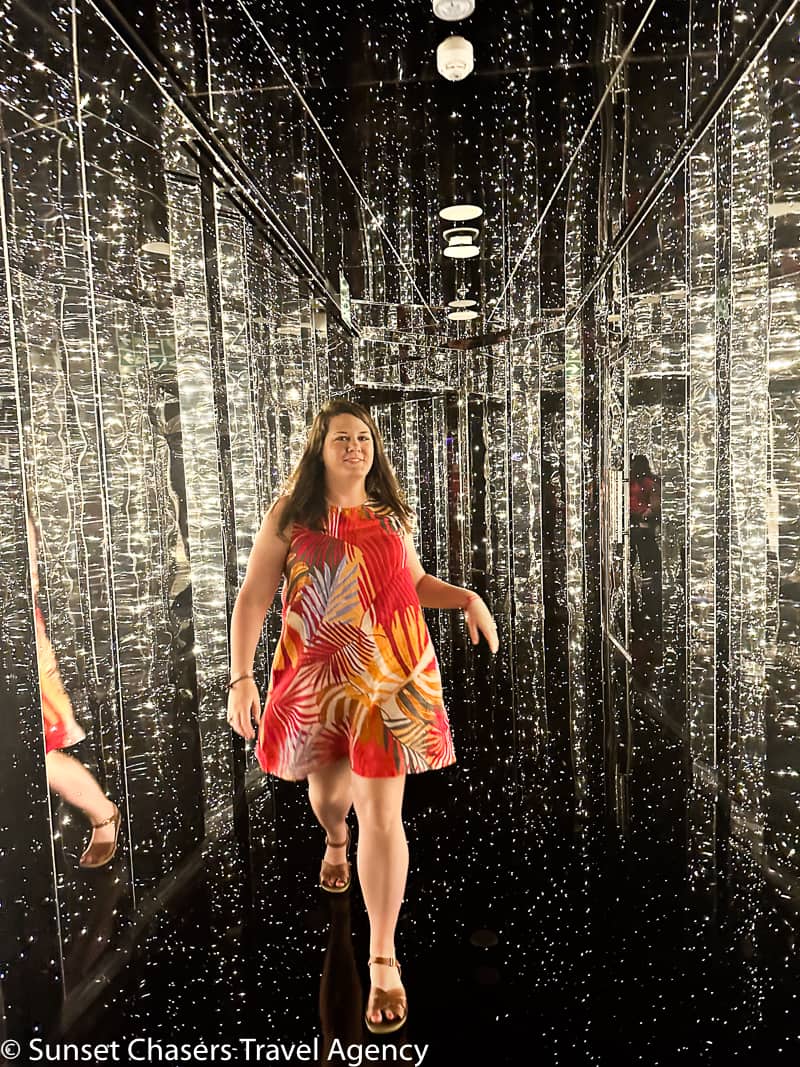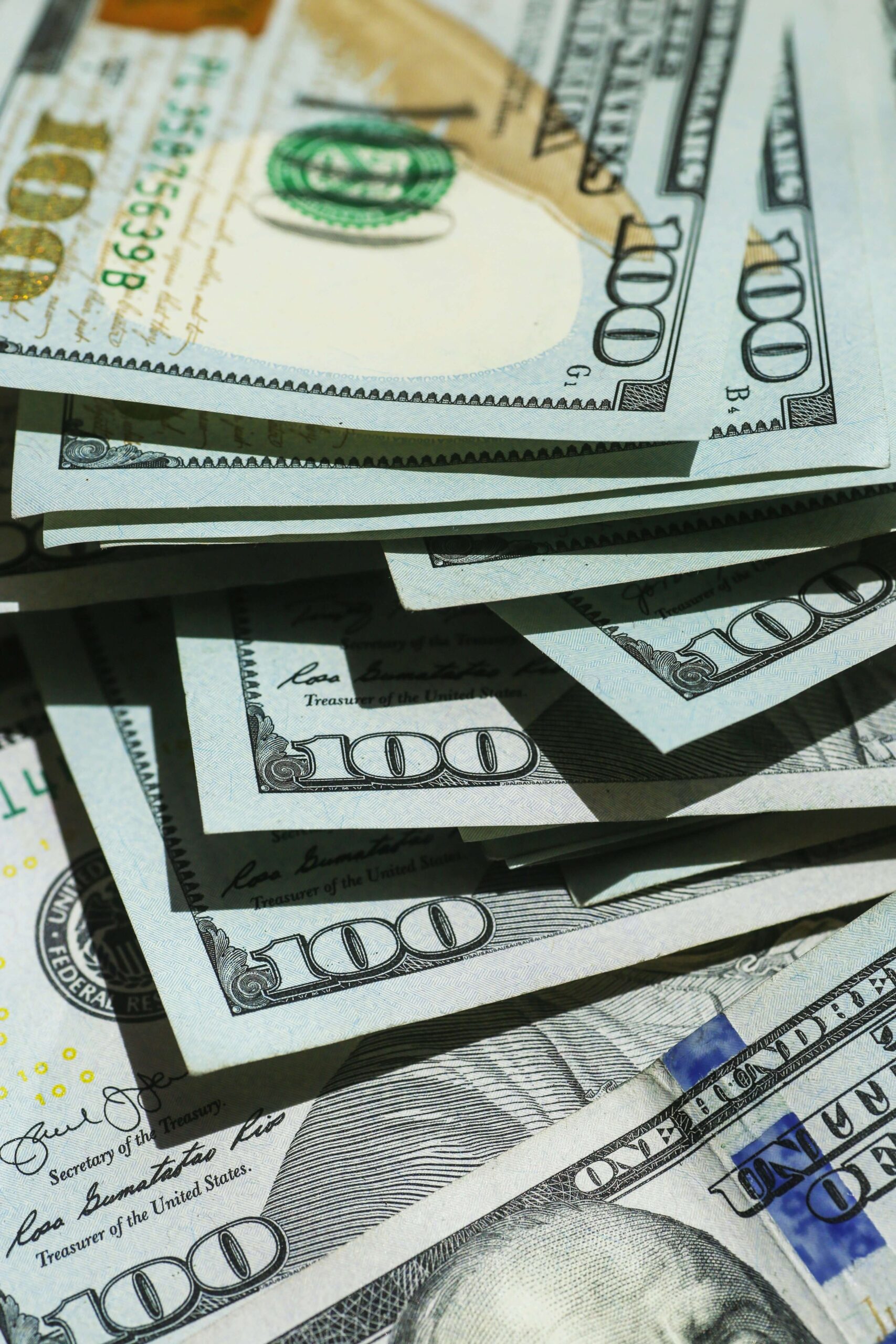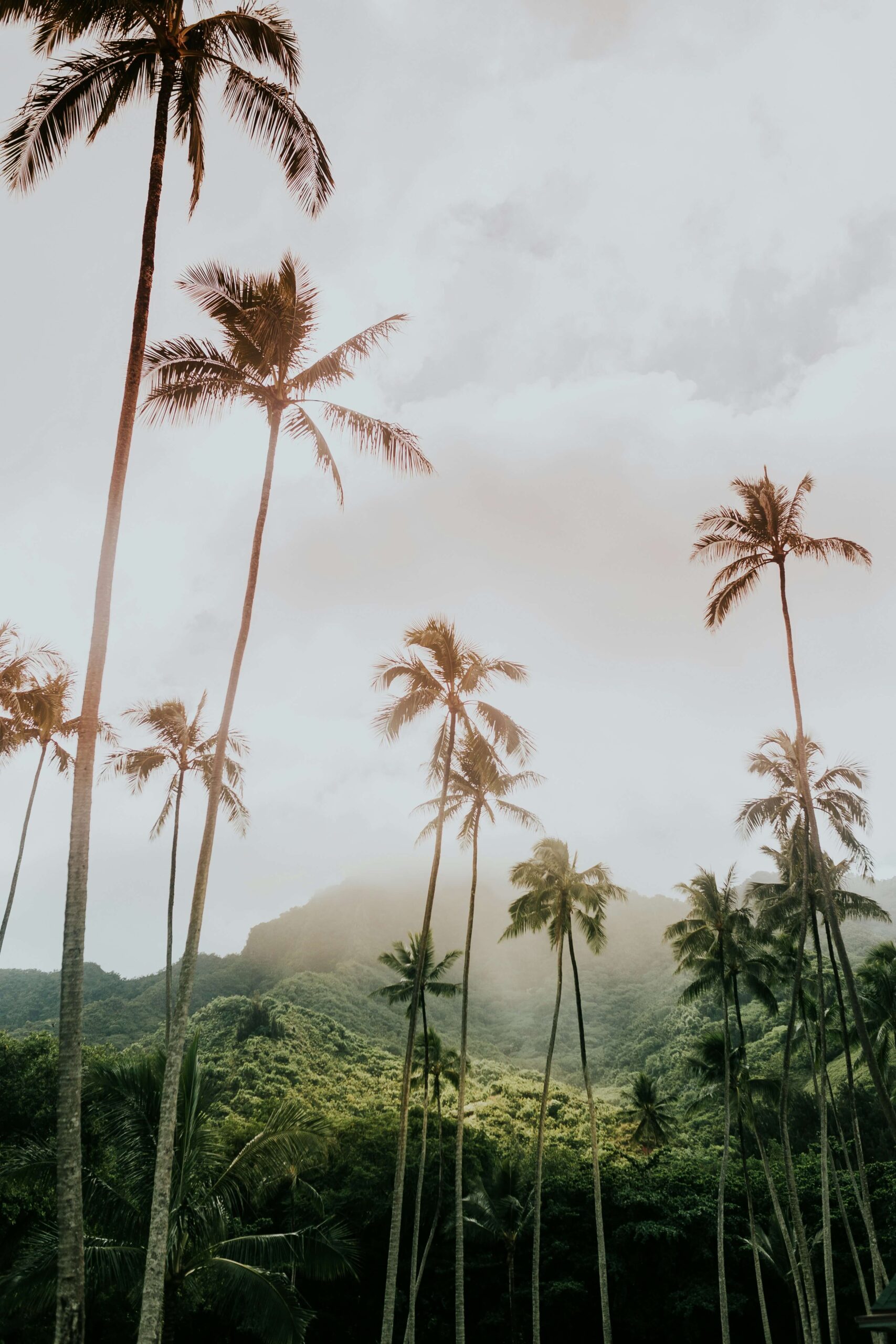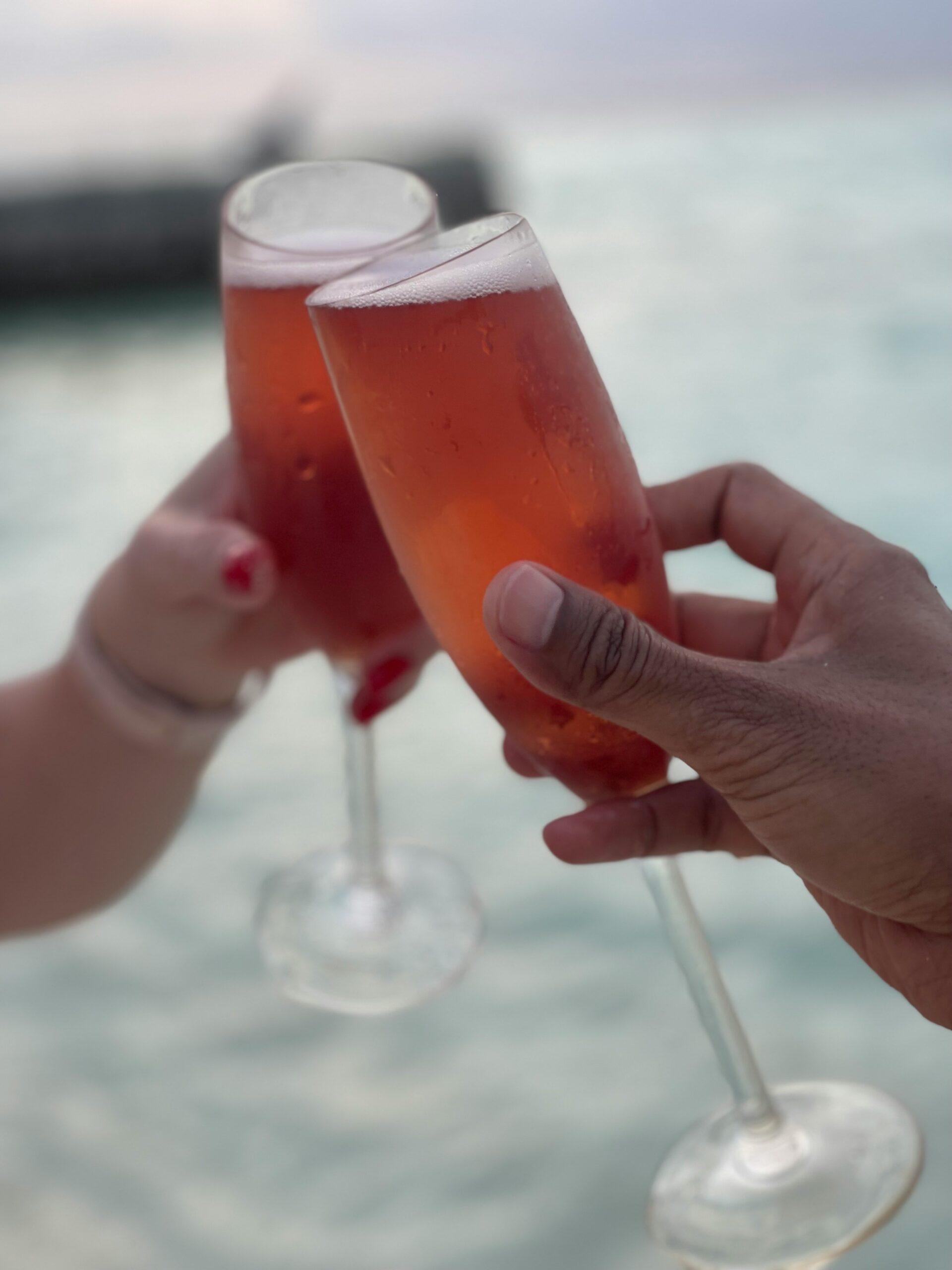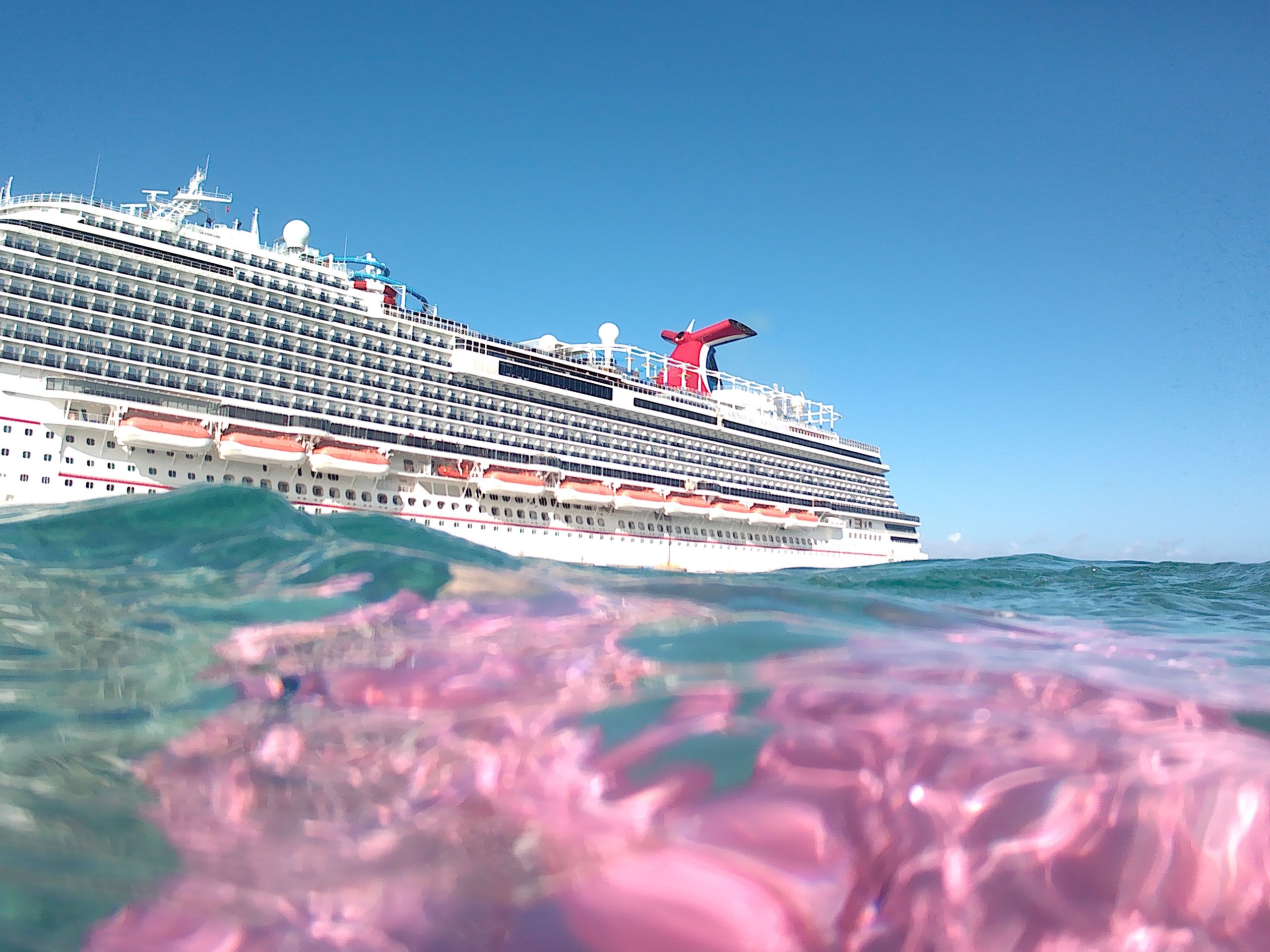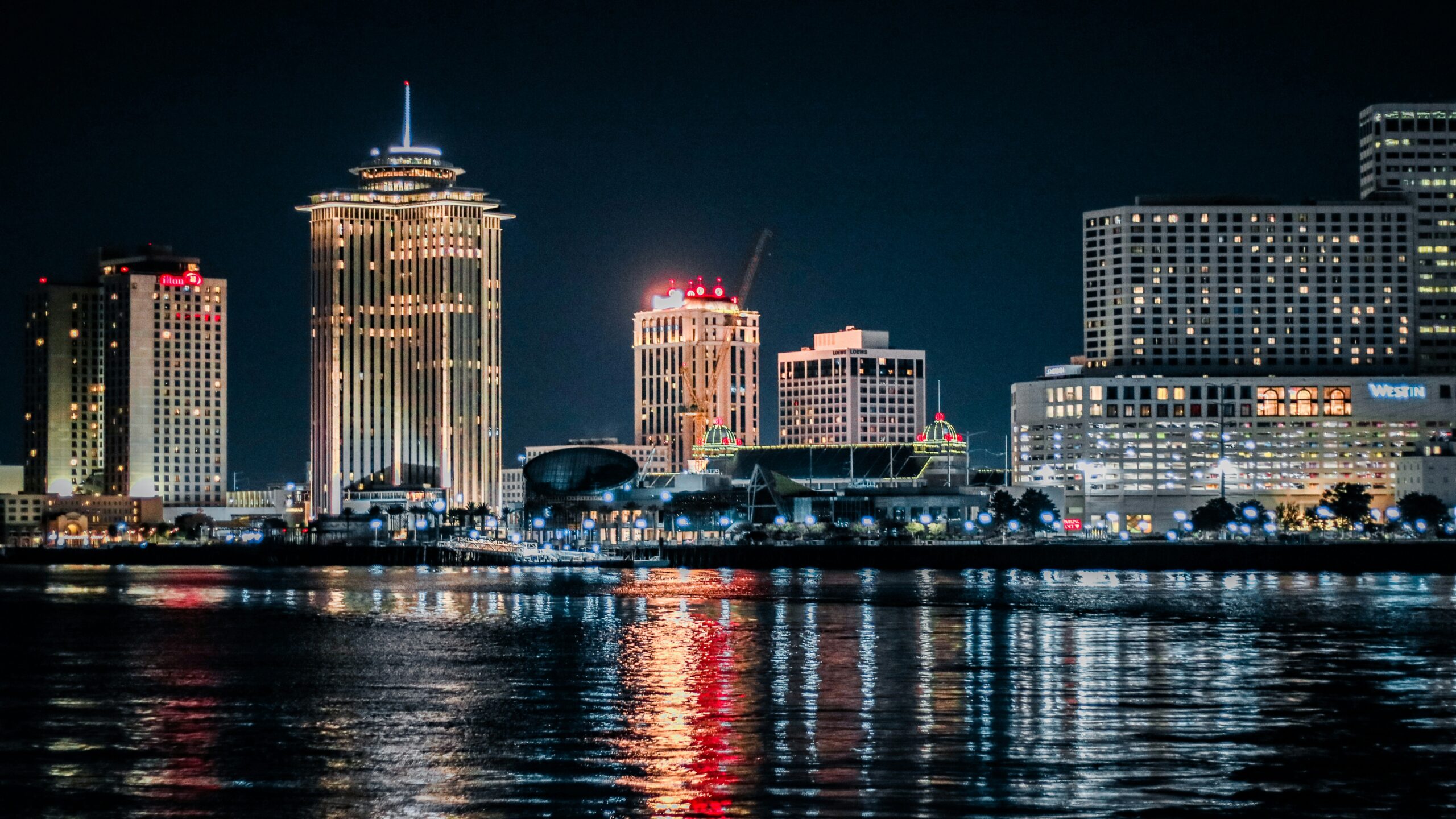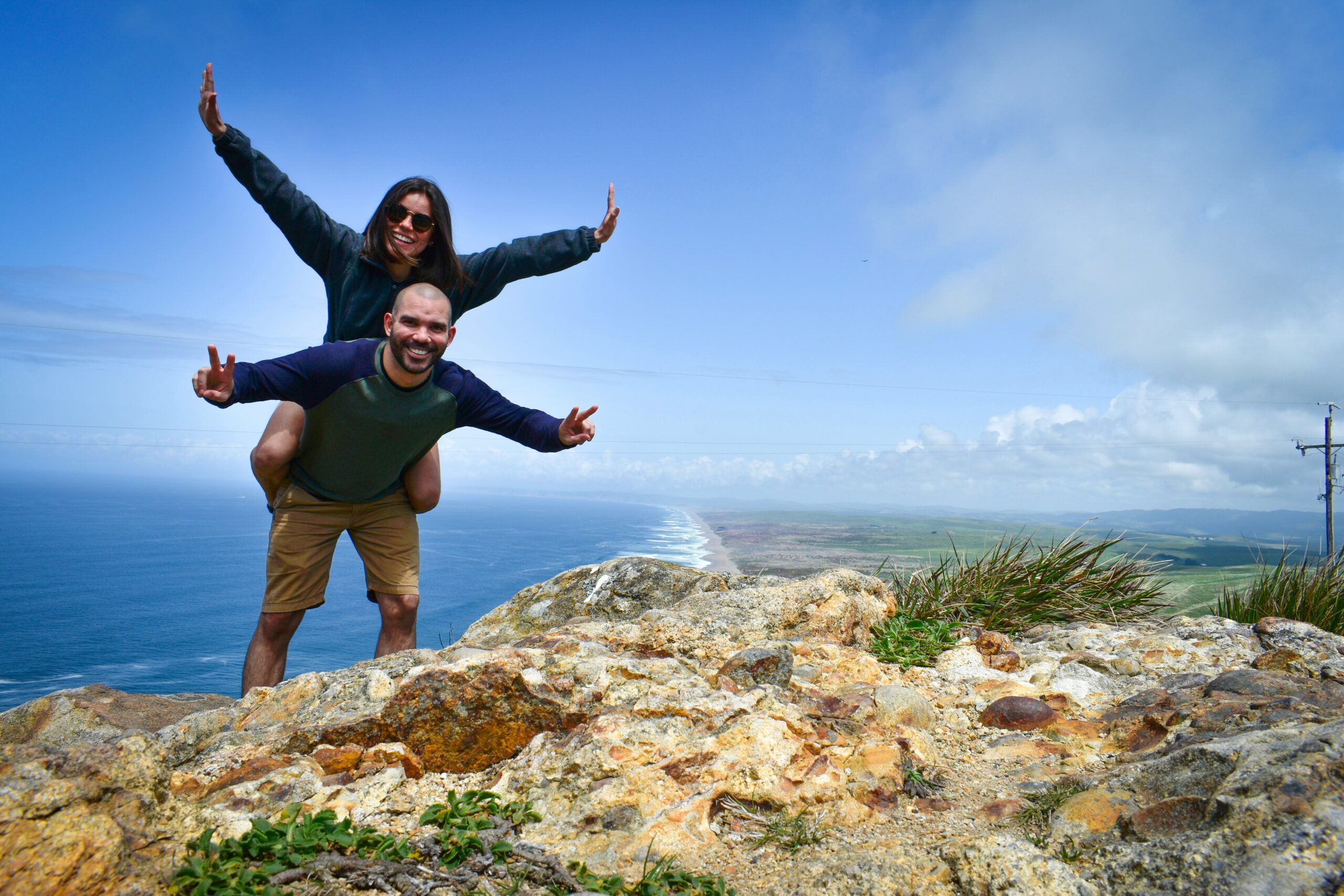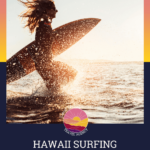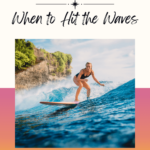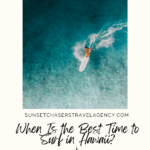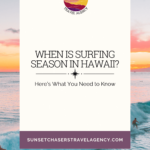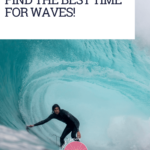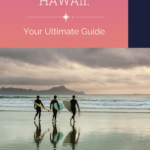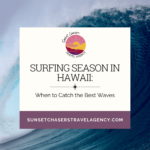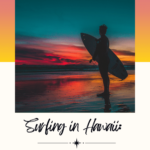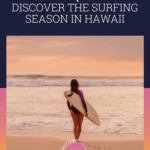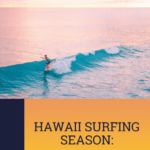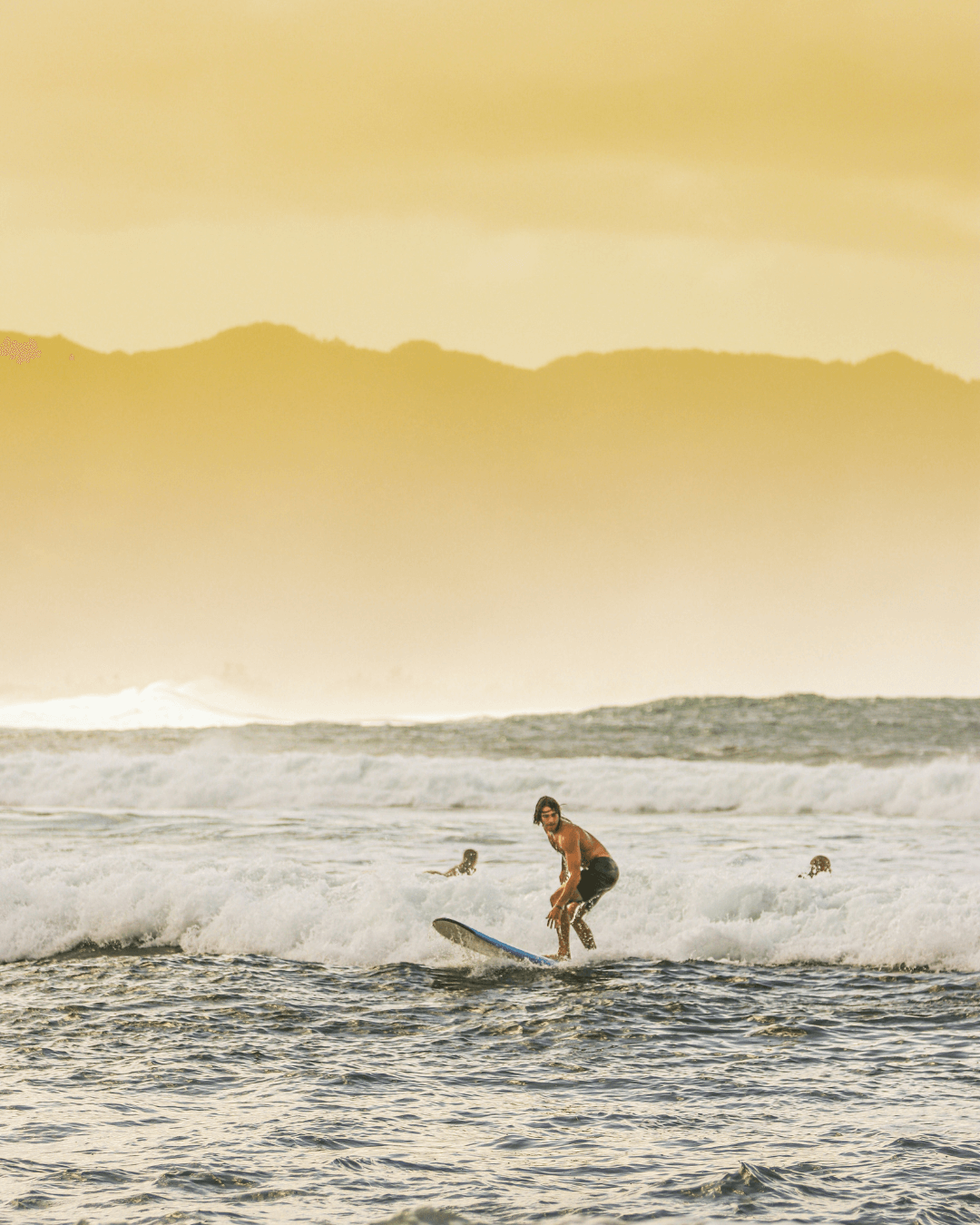
Are you planning to surf in Hawaii? Hawaii is the spiritual home of surfers and a surfing Mecca, so if it isn’t on your bucket list, it should be! It’s the place to catch some of the most epic waves in the world. So, when is surfing season in Hawaii, and what’s the best time for a surfer?
The good news is that Hawaii has big waves all year round, but the size of the waves and conditions vary depending on the season. For an advanced surfer, certain times of year will be better than others – the same for beginners. We’ll delve into exactly when the best time is to book your trip to the tropical paradise that is Hawaii!
This post contains affiliate links, advertisements, and links to Amazon Service LLC Associates Program. As an Amazon Associate, I earn from qualifying purchases. To learn more, go to my Disclosure page.
The Best Time To Catch Waves In Hawaii
So, you’re planning on big-wave surfing in the beautiful Hawaiian Islands? There’s no “official” surfing season, as you can catch big waves year-round if you know where to go and have the skill level for it.
That being said, the best time to catch the biggest swells is during the winter months, from November to February – the big wave season. Oahu’s North Shore is known worldwide for its massive surf breaks during this time, with waves reaching 50 feet high or more! It’s not for beginners – these are advanced surfers’ only territory.
Professional surfers visit during the Winter to catch the best waves. There are many north shore surf competitions held at this time of year. Two of the most famous are the Eddie Aikau Big Wave Invitational and the Billabong Pipe Masters.
If you’re looking for a more beginner-friendly experience, don’t worry – there’s something for you too! During the summer months (May to September), most of the islands’ beaches will have smaller swells that cater more to those just starting out.
The Big Island also offers spots like Kahalu’u Beach Park or Hapuna Beach State Park, which provide consistent waves at waist-high levels.
Remember, when planning your trip to Hawaii, be sure to research which island and area suits your skill level and what kind of wave height you want to attempt. With so many options available throughout the year on all the major islands, there’s always the right time to hit the beach and ride some waves!
Best Surfing Destinations In Hawaii
Surfing in Hawaii is a dream for many, and the Hawaiian Islands are famous for their big waves. The winter months (November through February) have the biggest swells and strong currents, while the summer surf season (June through August) offers warm water and more gentle, soft waves. The following are some of the best surf spots to check out in Hawaii:
Oahu’s North Shore
The North Shore is a great place to find some of the biggest waves in the world. Waimea Bay, Ehukai Beach Park (Banzai Pipeline), Ala Moana Bowls, and Sunset Beach are some of the best-known surf spots.
The Pipeline is known as the world’s deadliest wave, so stay away from this – surfers have died at Pipeline, and it’s not for the inexperienced or faint of heart. These surfing spots are all located along the seven-mile miracle, a stretch of coastline on the north shore with some of the world’s best breaks.
The Vans Triple Crown of Surfing is held annually, attracting the world’s best surfers.
Maui
Honolua Bay is one of the best surf spots in Maui, with long rides and a shallow reef. Honolua Bay is famous for its powerful and consistent waves, making it a favorite among experienced surfers.
Another popular spot is Hookipa Beach Park, located on the north shore. Hookipa is renowned for its consistent wind and excellent wave conditions, making it a popular destination for windsurfing and kitesurfing.
For beginners, Lahaina Breakwall provides a more protected environment with smaller waves, making it a great place to learn and practice.
Kauai
One of the well-known surf spots is Hanalei Bay, situated on the north shore, which provides consistent waves and various breaks for both beginners and experienced surfers. Poipu Beach is an excellent option for beginners on the south shore, with its sandy bottom and smaller, gentler waves.
Tunnels Beach, also on the north shore, offers powerful waves and is ideal for experienced surfers. Kealia Beach on the east shore is known for its long sandy stretches and consistent waves, making it suitable for surfers of all levels.
If you want to learn or improve your skills, consider taking a lesson with a local surf school such as Kauai Surf School, Hawaiian Surfing Adventures, or Learn to Surf Kauai, which also provides equipment rentals. For experienced surfers, various rental shops across the island offer surfboard and equipment rentals. When heading out to surf, always check the surf conditions and weather forecasts and be aware of any warnings or advisories issued by local authorities.
The Big Island
Haleiwa Beach Park and Honolua Bay are two of the best surf spots on the Big Island. Pine Trees and Diamond Head are also excellent places for intermediate surfers. If you’re a beginner or intermediate surfer, plenty of spots are suitable for various skill levels. Hilo Bay offers smaller waves perfect for learning how to balance on a board, while Kona Coast has consistent breaks ideal for those who want to improve their technique.
Waikiki Beach on the South shore of Oahu is perfect for beginners as it has gentle rolling waves that make it easy to catch some breaks.
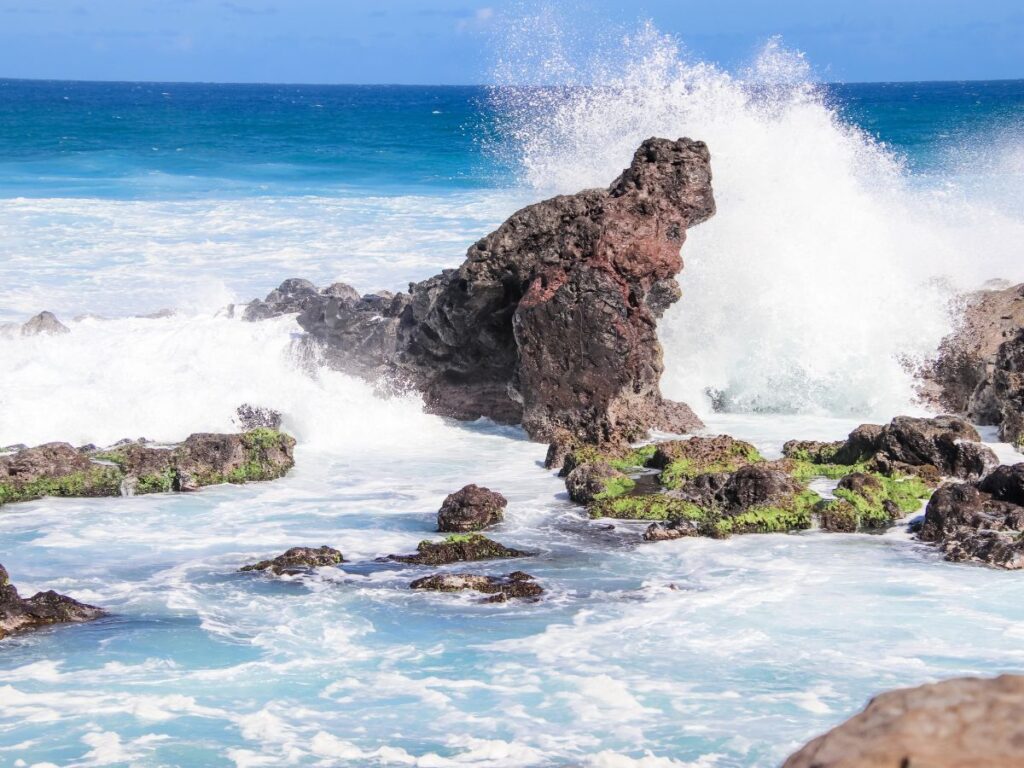
How To Choose a Place To Surf In Hawaii
Choosing a place to surf in Hawaii depends on several factors, including your skill level, the type of waves you prefer, and the specific characteristics of each surf spot. Here are some steps to help you choose a suitable place to surf in Hawaii:
Determine your surfing proficiency. Are you a beginner, intermediate, or advanced surfer? Your level will help narrow the options, as certain surf spots are better suited for specific skill levels.
Learn about the different types of surf breaks and the waves they produce. Some common types include point breaks, reef breaks, and beach breaks. Each break offers a unique surfing experience. Hawaii has a variety of surf breaks, ranging from gentle, beginner-friendly waves to powerful, expert-level breaks.
Understand the wave conditions that are ideal for your skill level. Beginners prefer smaller waves, while more experienced surfers may seek larger, more challenging ones. Check the average wave heights, consistency, and power of the surf spot you’re considering.
Consult local surf reports, online resources, and surf forecasting websites. These sources provide valuable information on current wave conditions, tides, and any hazards you should know. Additionally, seek advice from local surfers or instructors with firsthand knowledge of the surf spots.
Essential Gear And Equipment For Surfing In Hawaii
Having the right gear and equipment is essential before hitting the waves. For novice surfers, it’s recommended to take surf lessons with a professional instructor who will provide you with everything you need for your first lesson, including a board rental. There are many surf schools in Hawaii where you can get lessons or attend a surf camp that will get you started. At the Turtle Bay Resort, check out the Jamie O’Brien Surf Experience if you’re looking for one of the best surf schools in Oahu.
For intermediate surfers looking to improve their skills or expert surfers seeking a challenge, plenty of local shops offer board rentals and high-performance boards explicitly designed for Hawaiian conditions.
It’s essential to wear proper safety gear, such as a leash and rash guard, especially if you’re planning on surfing near coral reefs. And don’t forget about sunscreen – protecting yourself from harmful UV rays is just as crucial as having the right equipment.
Safety Considerations For Surfing In Hawaii’s Waters
Before you grab your board and hit the water, it’s essential to consider safety precautions for surfing in these mighty waters.
Some of Hawaii’s most popular surf spots include Sunset Beach and Banzai Pipeline on the northern shores, which attract professional and experienced surfers from around the world due to their vast swells. However, even seasoned surfers can face danger when tackling these powerful waves.
The most important thing is to be aware of the surf season since Winter brings larger and more dangerous waves than summer. If you’re new to surfing or unfamiliar with Hawaiian waters, consider taking surf lessons before hitting the big waves. A qualified instructor can teach proper techniques while providing valuable insight into local conditions.
Remember that even experienced surfers need to respect the ocean and its power. Always check weather forecasts and heed any warnings about dangerous waves and surf conditions. With preparation and caution, surfing in Hawaii can be an incredible experience you will never forget.
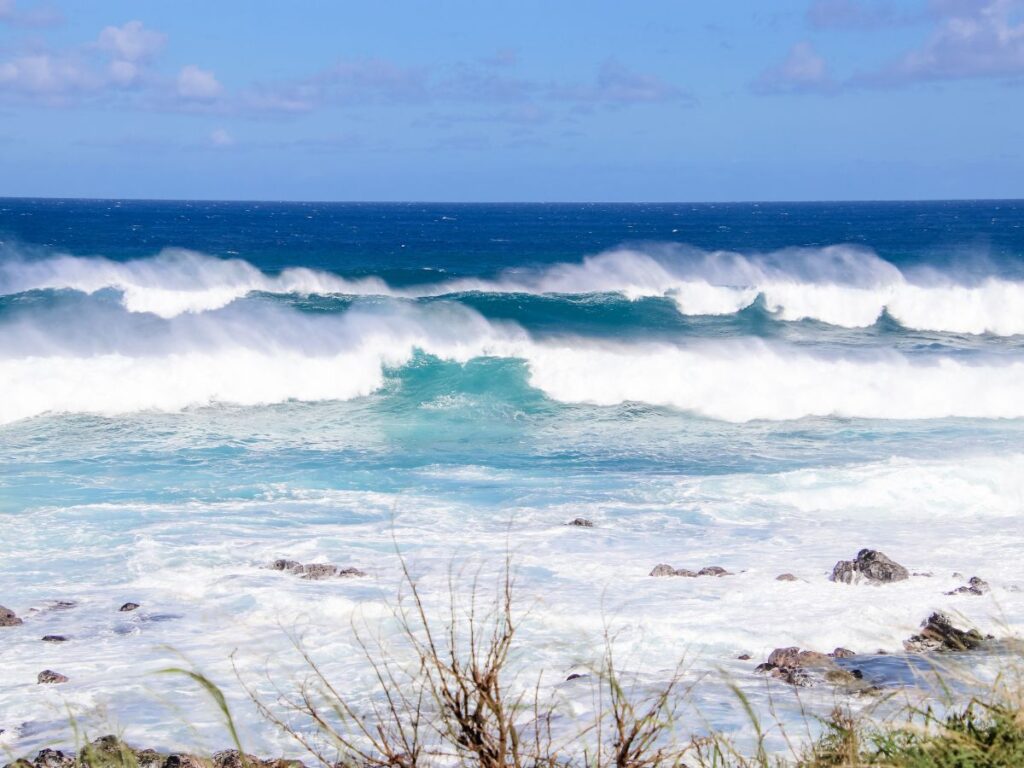
How To Get To Hawaii
To travel from the mainland United States to Hawaii, the most common and convenient option is to take a flight. Major airlines offer direct flights from various cities on the mainland to the major airports in Hawaii. Flight durations typically range from 5 to 8 hours, depending on the departure city.
Many cities across the mainland USA have direct flights to Hawaii, such as Los Angeles, San Francisco, Seattle, Las Vegas, Phoenix, Denver, Chicago, and New York. Airlines like Hawaiian Airlines, American Airlines, United Airlines, Delta Air Lines, Alaska Airlines, and Southwest Airlines operate flights to Hawaii.
The easiest way to book a surfing holiday in Hawaii is to Reach out to Sunset Chasers Travel Agency to discuss your options.
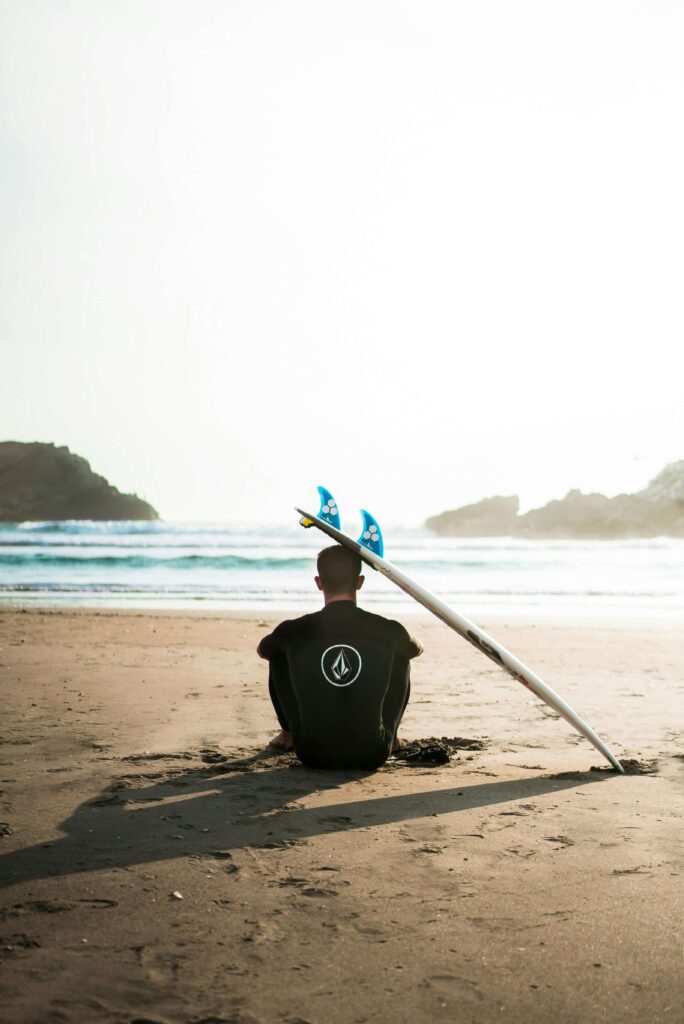
When is surfing season in Hawaii?
So, when is surfing season in Hawaii? Well, the answer depends on what part of the islands you want to catch some waves.
The winter months from November to March are typically when the big swells hit the North Shore of Oahu, making it a surfer’s paradise and the perfect time for experienced surfers.
On the other hand, the summer months from May to September bring smaller waves and calmer waters, perfect for beginners or those looking to enjoy non-surfing activities at some of Hawaii’s stunning beaches. If it’s your first time surfing, it’s a good idea to go at this time of year, but be aware that it’s peak time for visitors, so that you will be busy.
If surfing isn’t quite your thing, don’t worry! Many beaches throughout Hawaii offer beautiful scenery and fun activities like snorkeling, paddle boarding, and beach volleyball.
Check out Waikiki Beach on Oahu for its lively atmosphere and iconic views of the Diamond Head crater. Or head over to Kaanapali Beach on Maui for its soft white sand and crystal-clear water, perfect for swimming.
There’s something for everyone in Hawaii – whether you’re an avid surfer looking for the perfect wave or simply looking to relax in paradise.
So, pack your bags (and maybe a surfboard!), book your trip, and get ready for an unforgettable Hawaiian adventure filled with experiences to remember.

